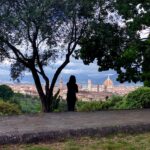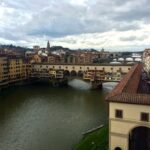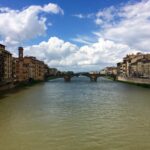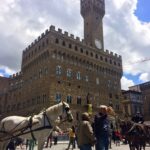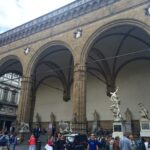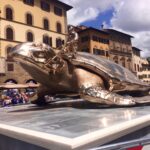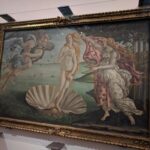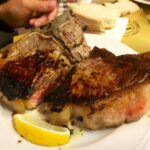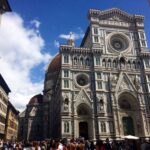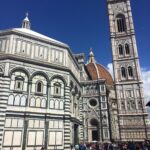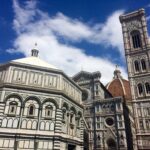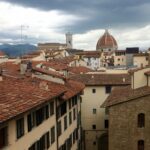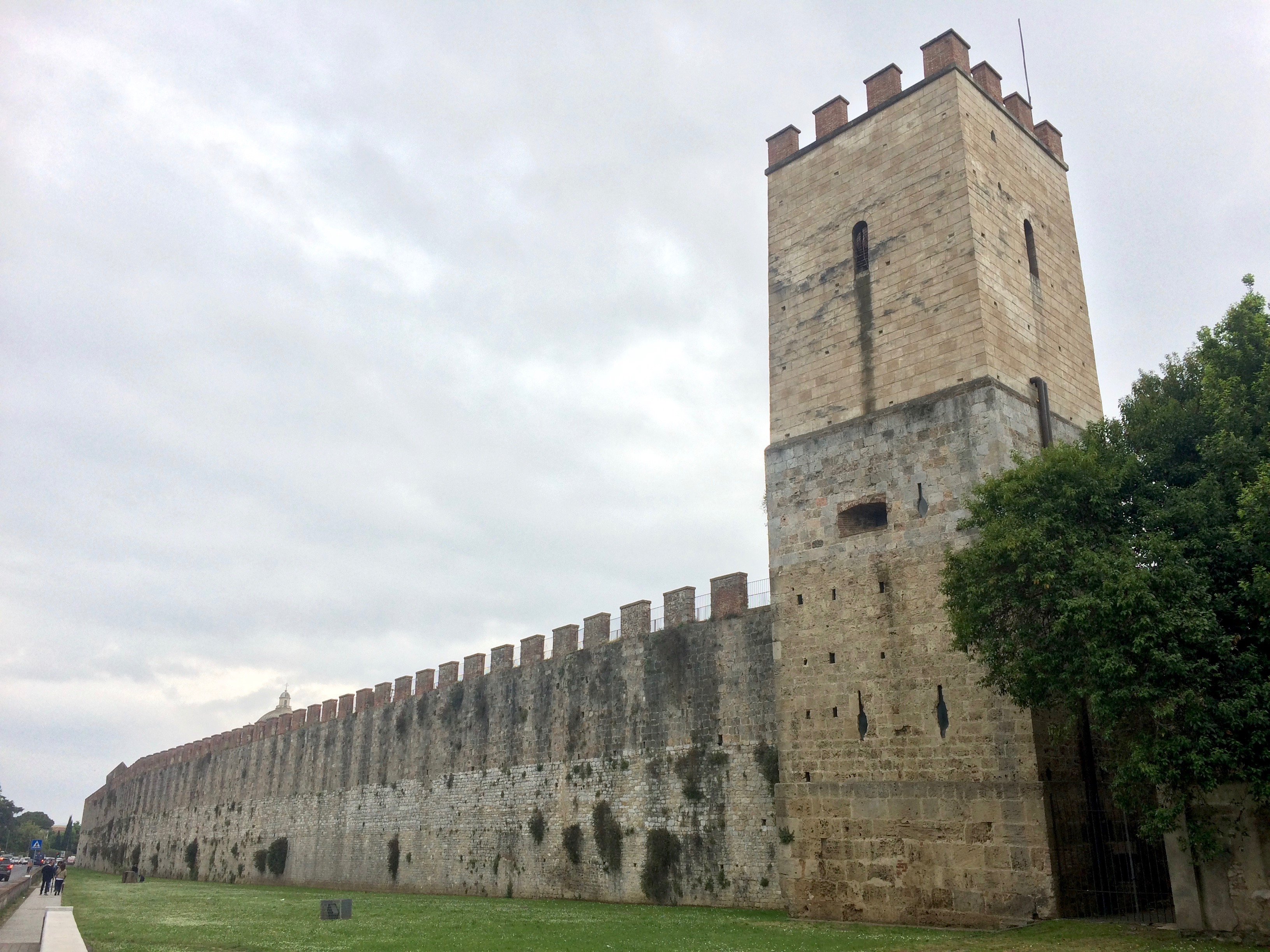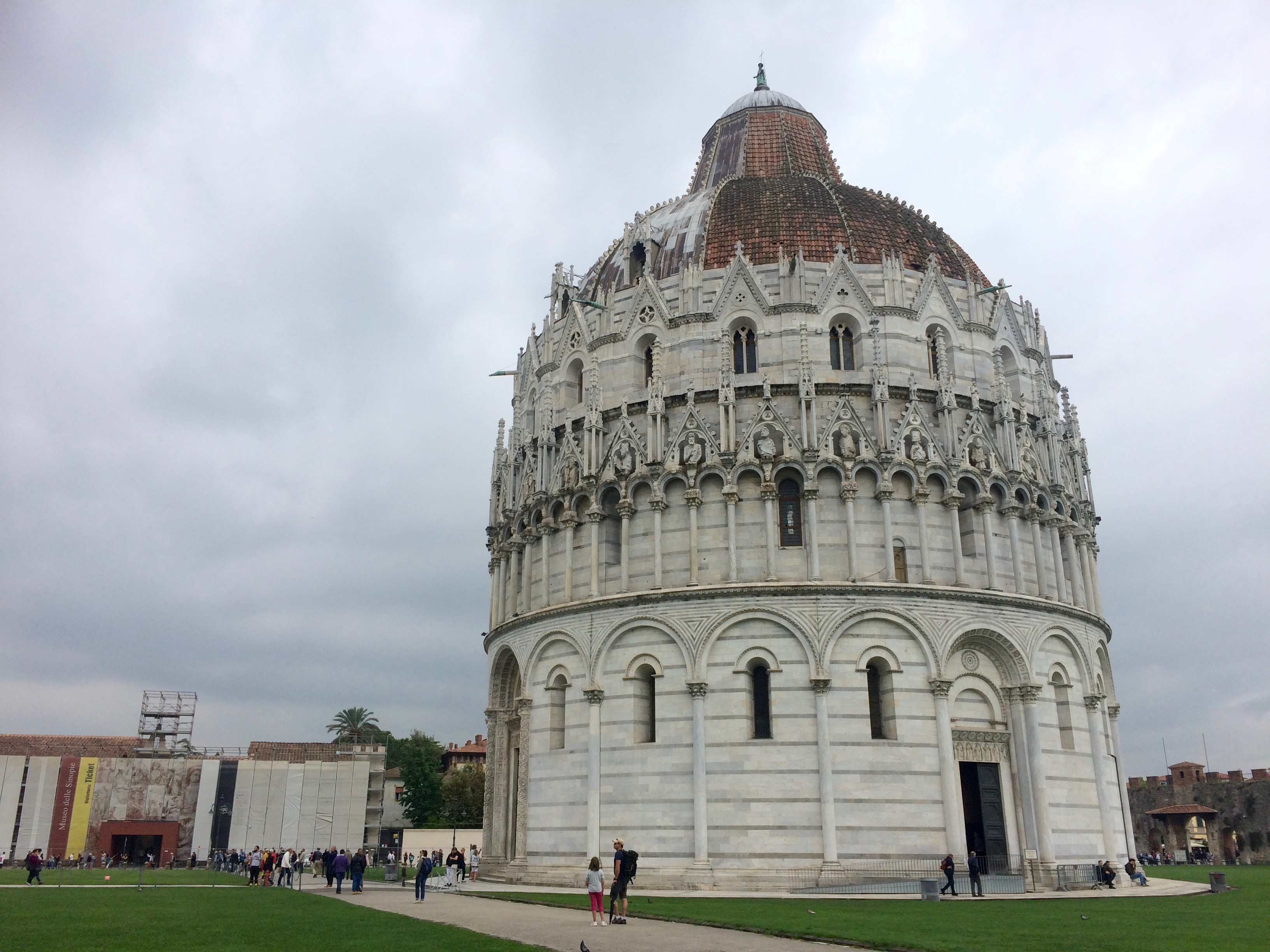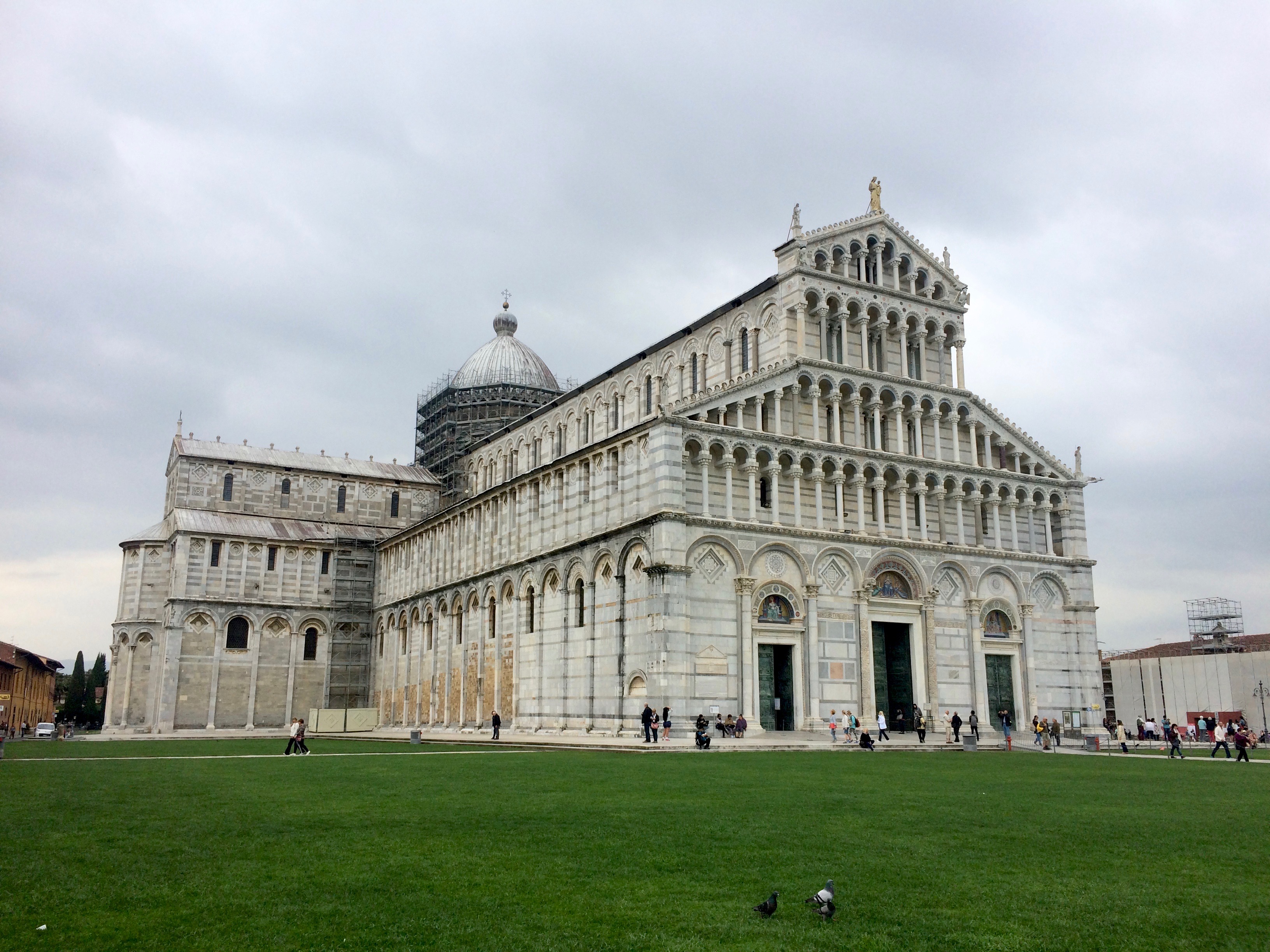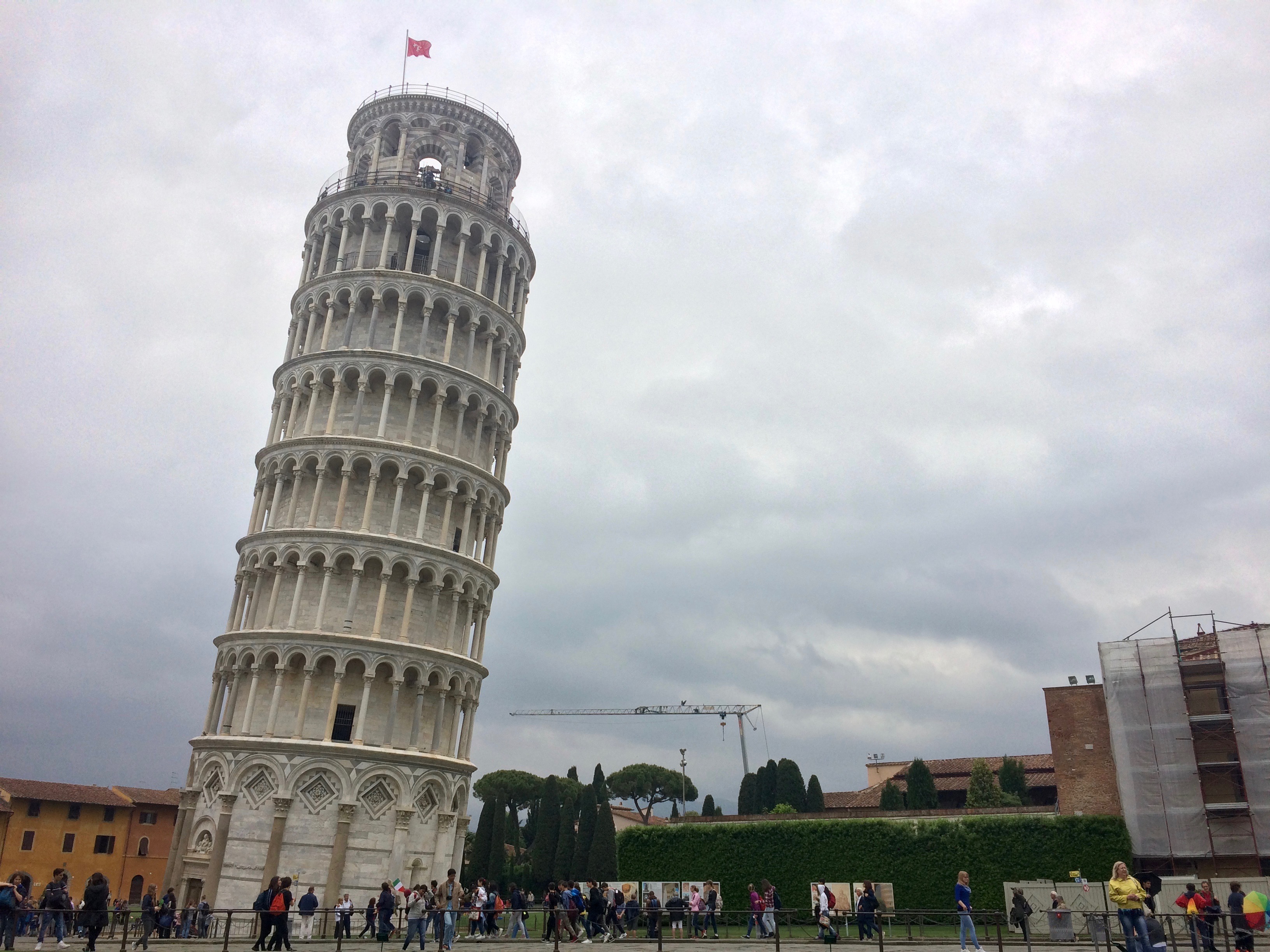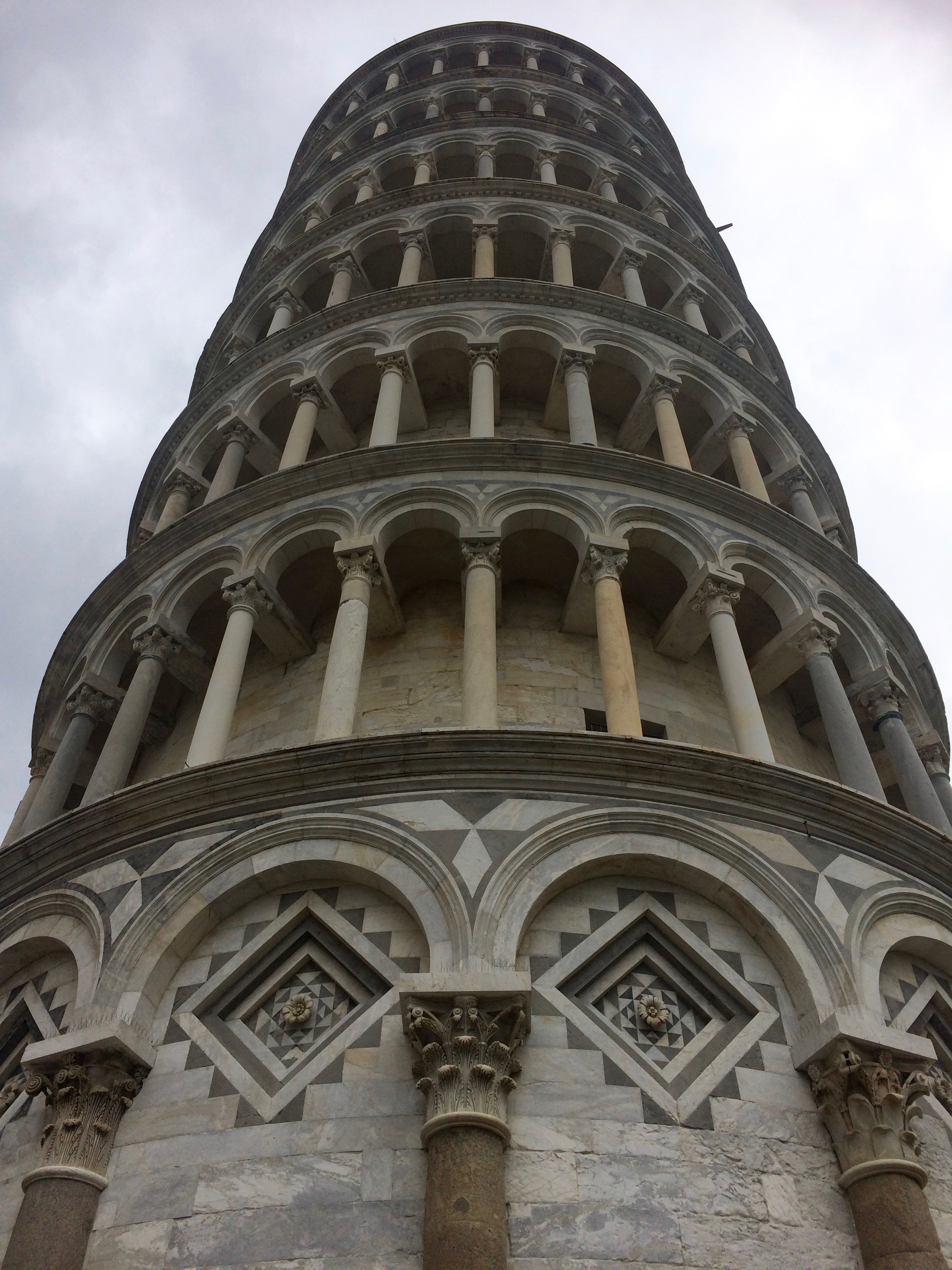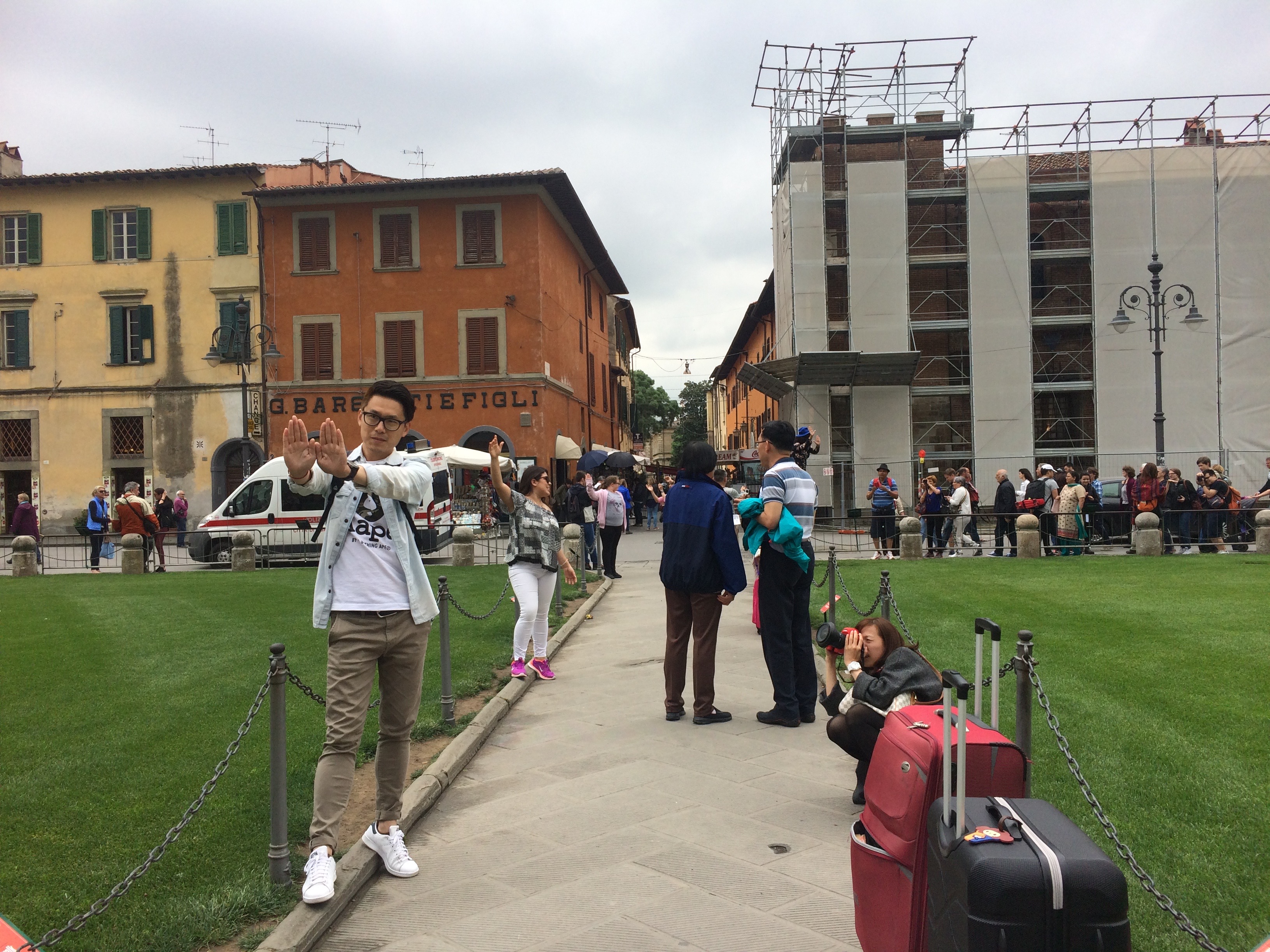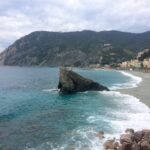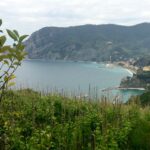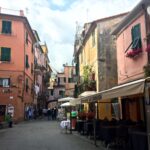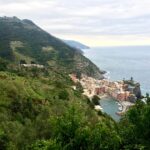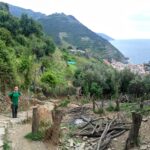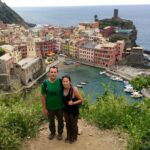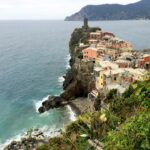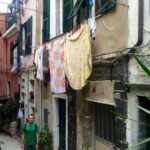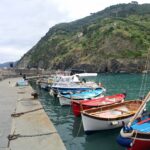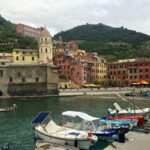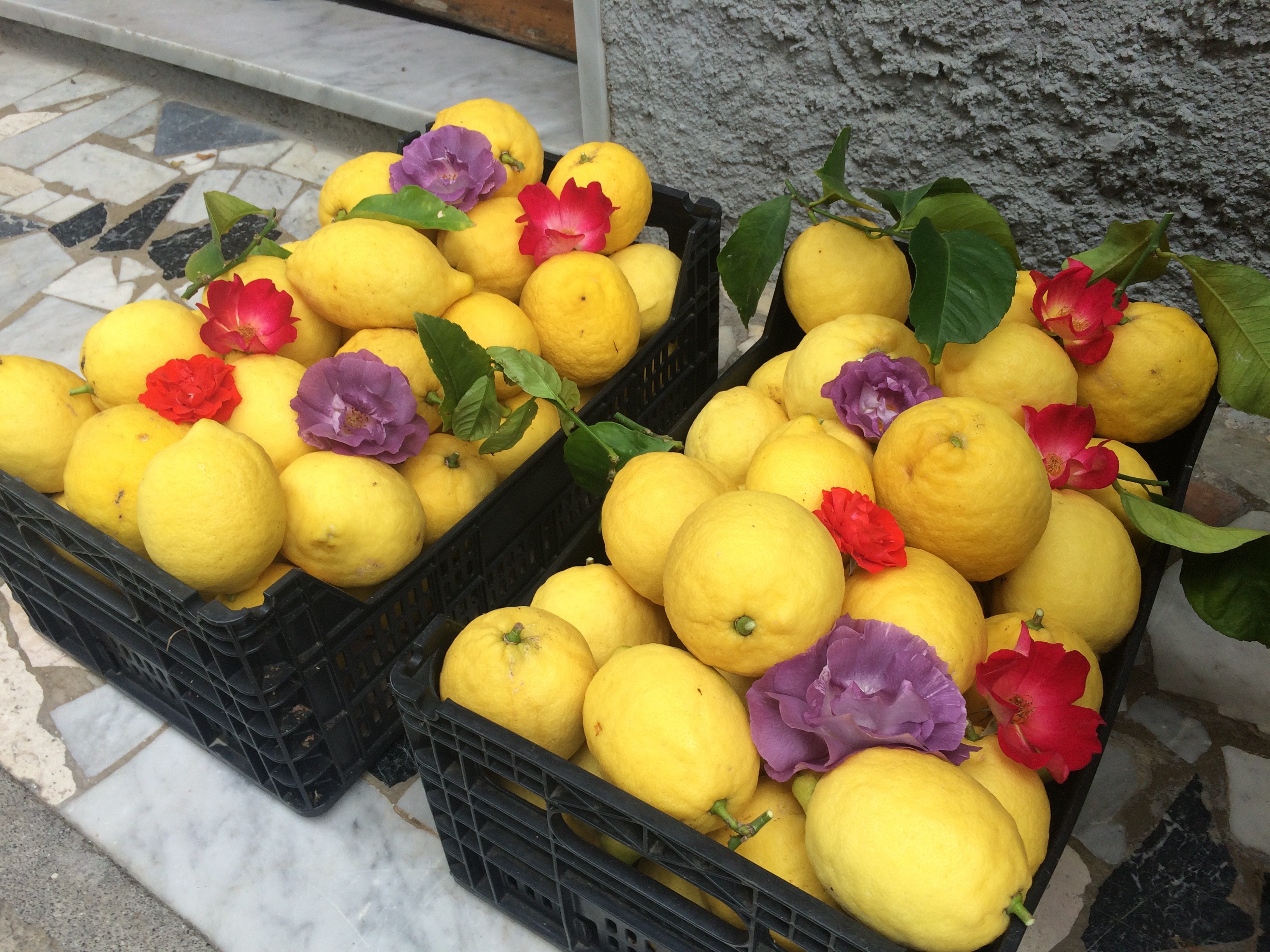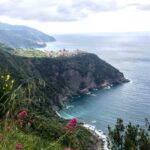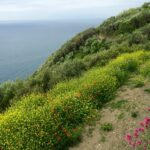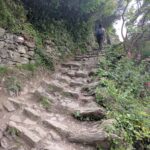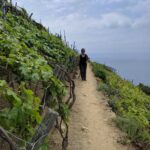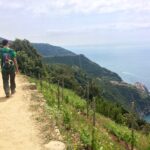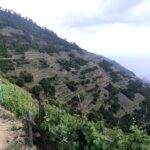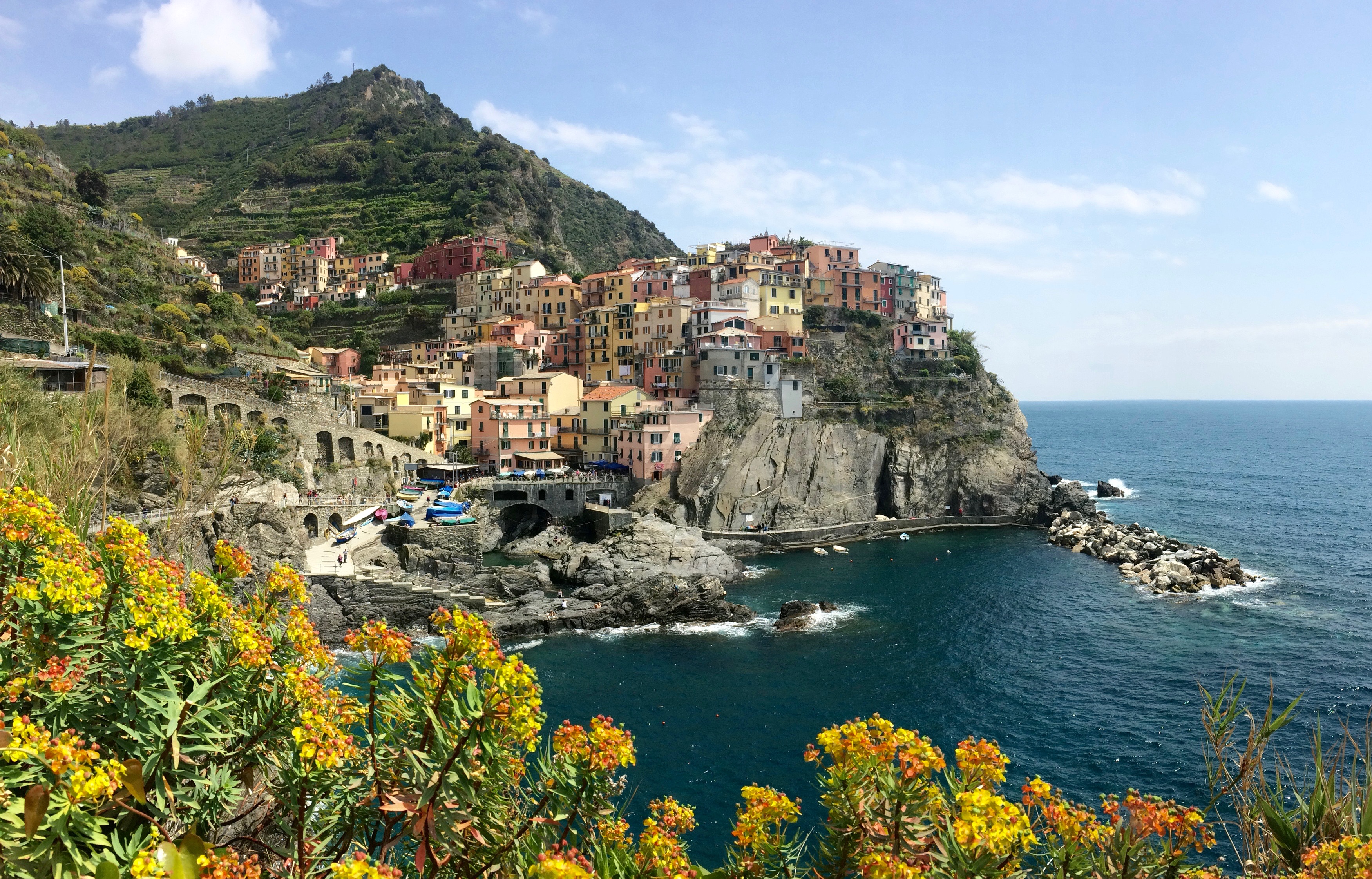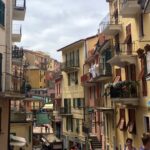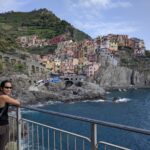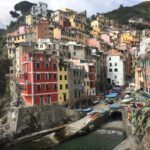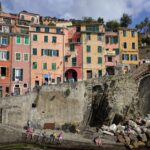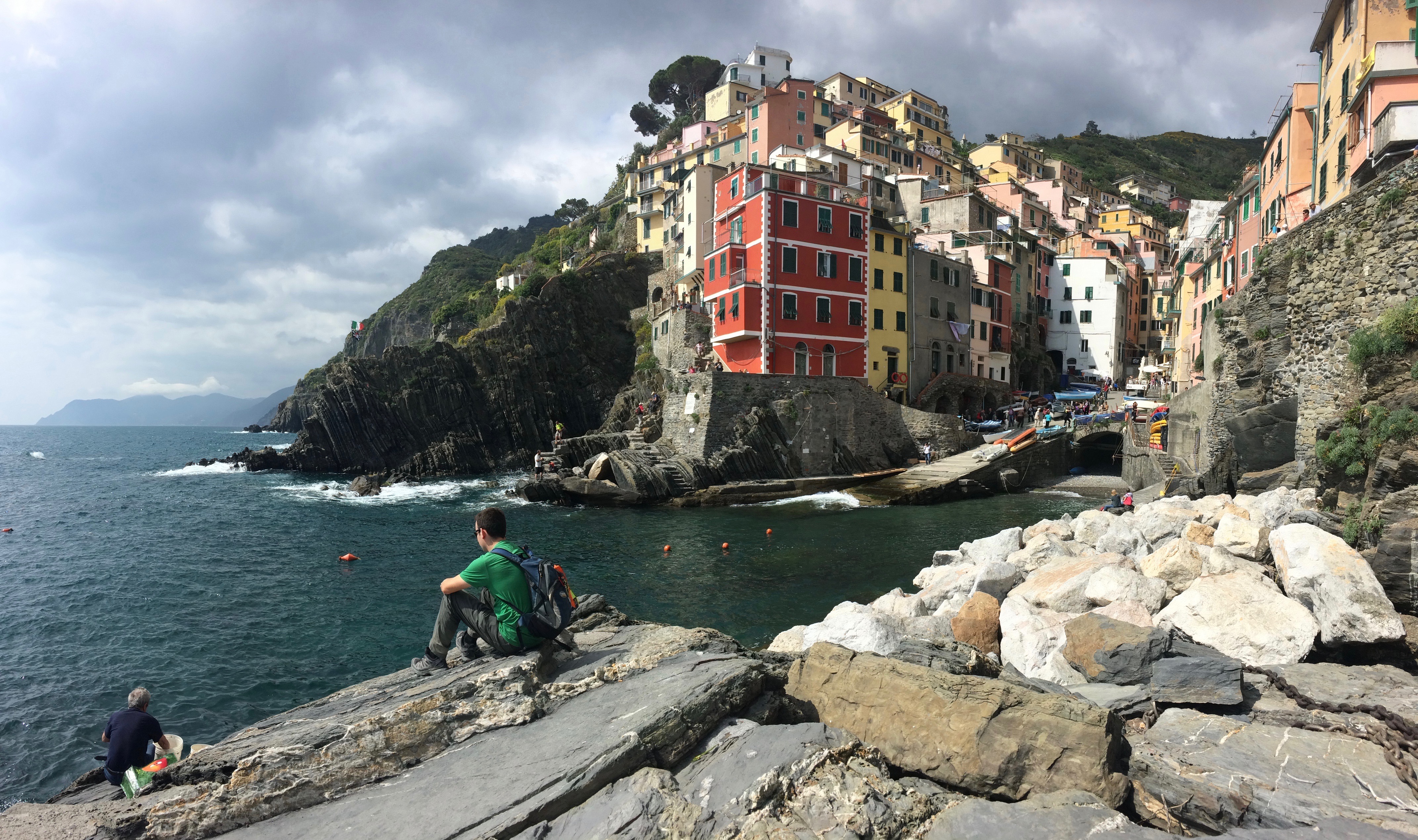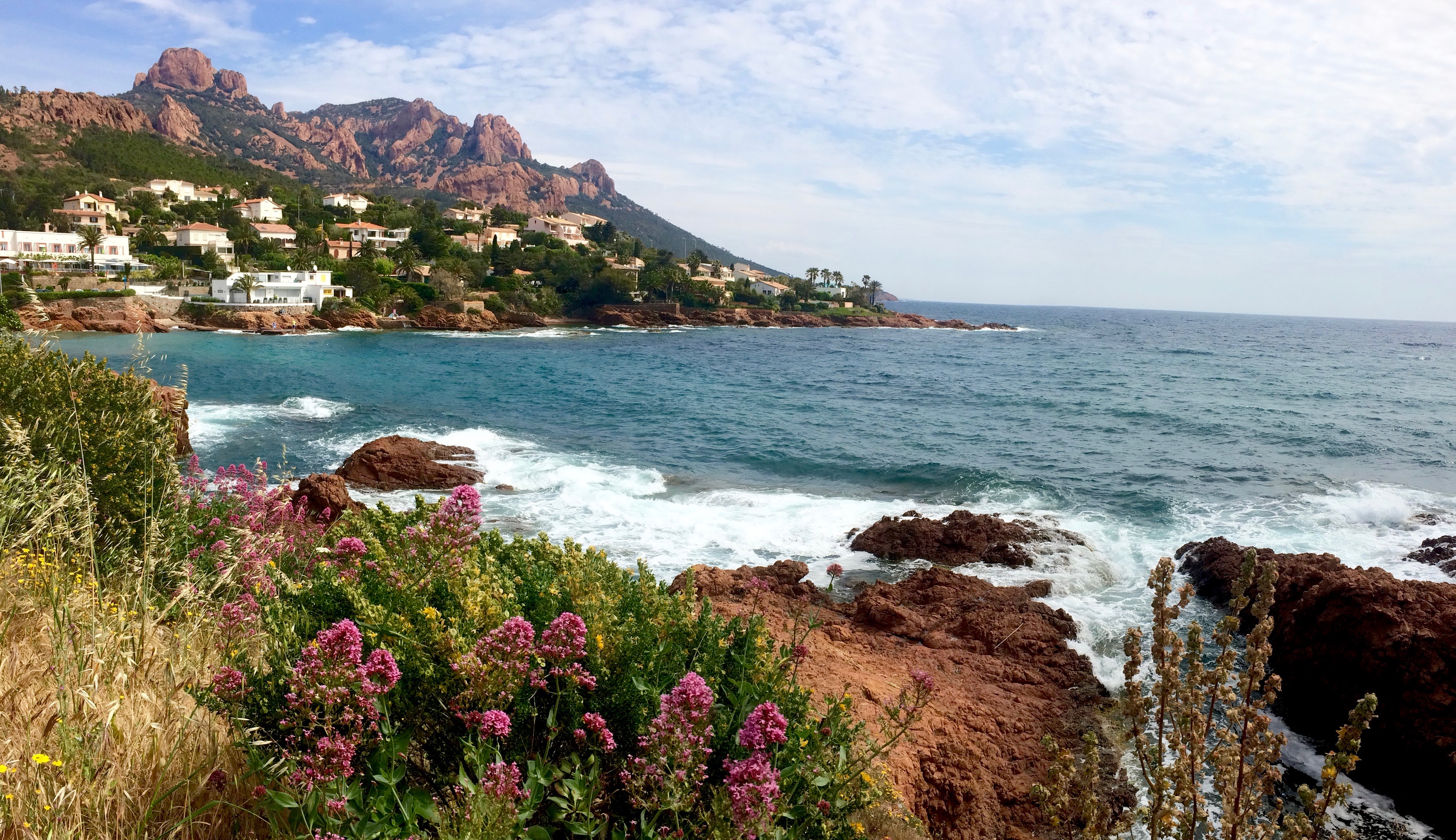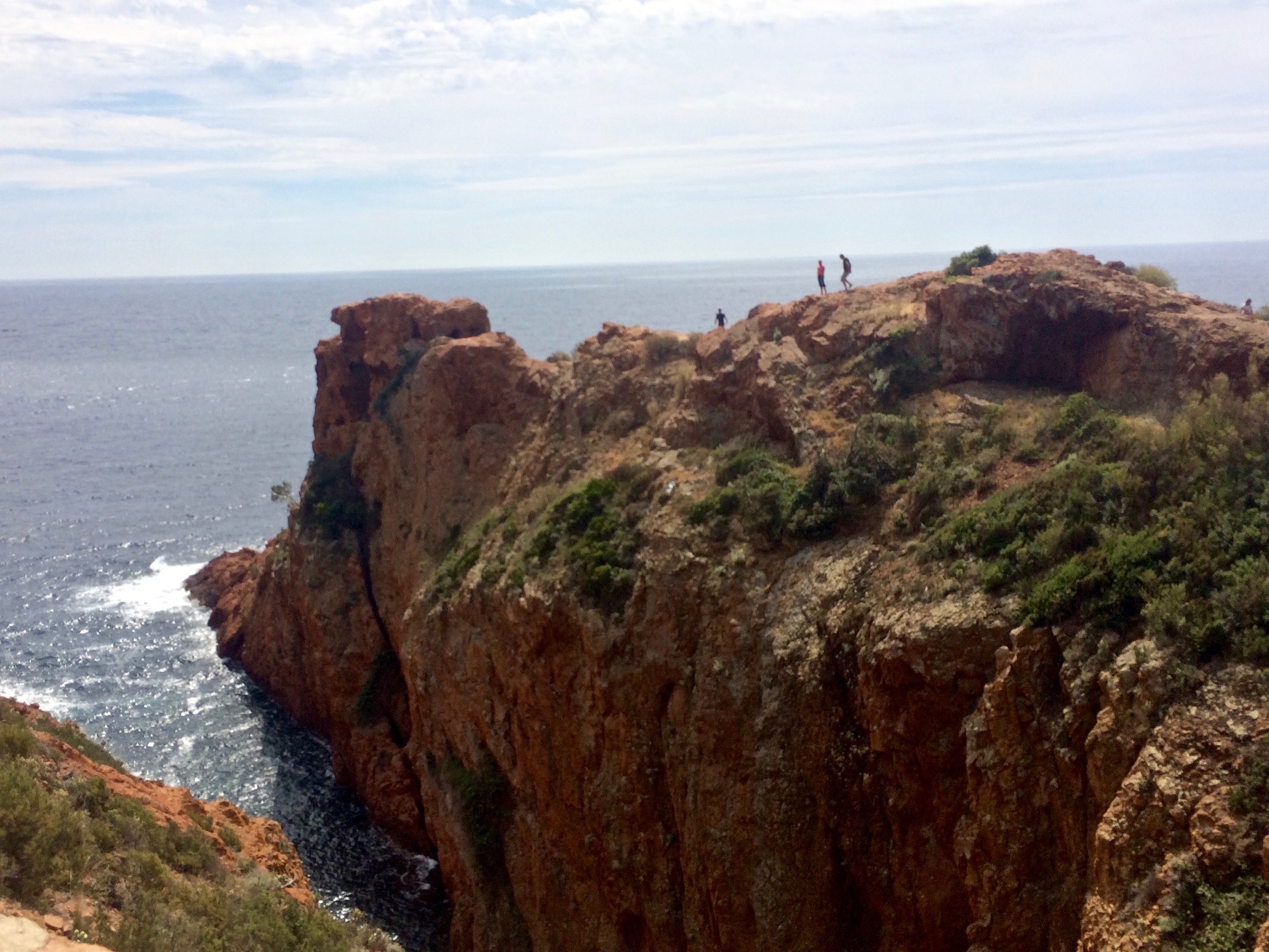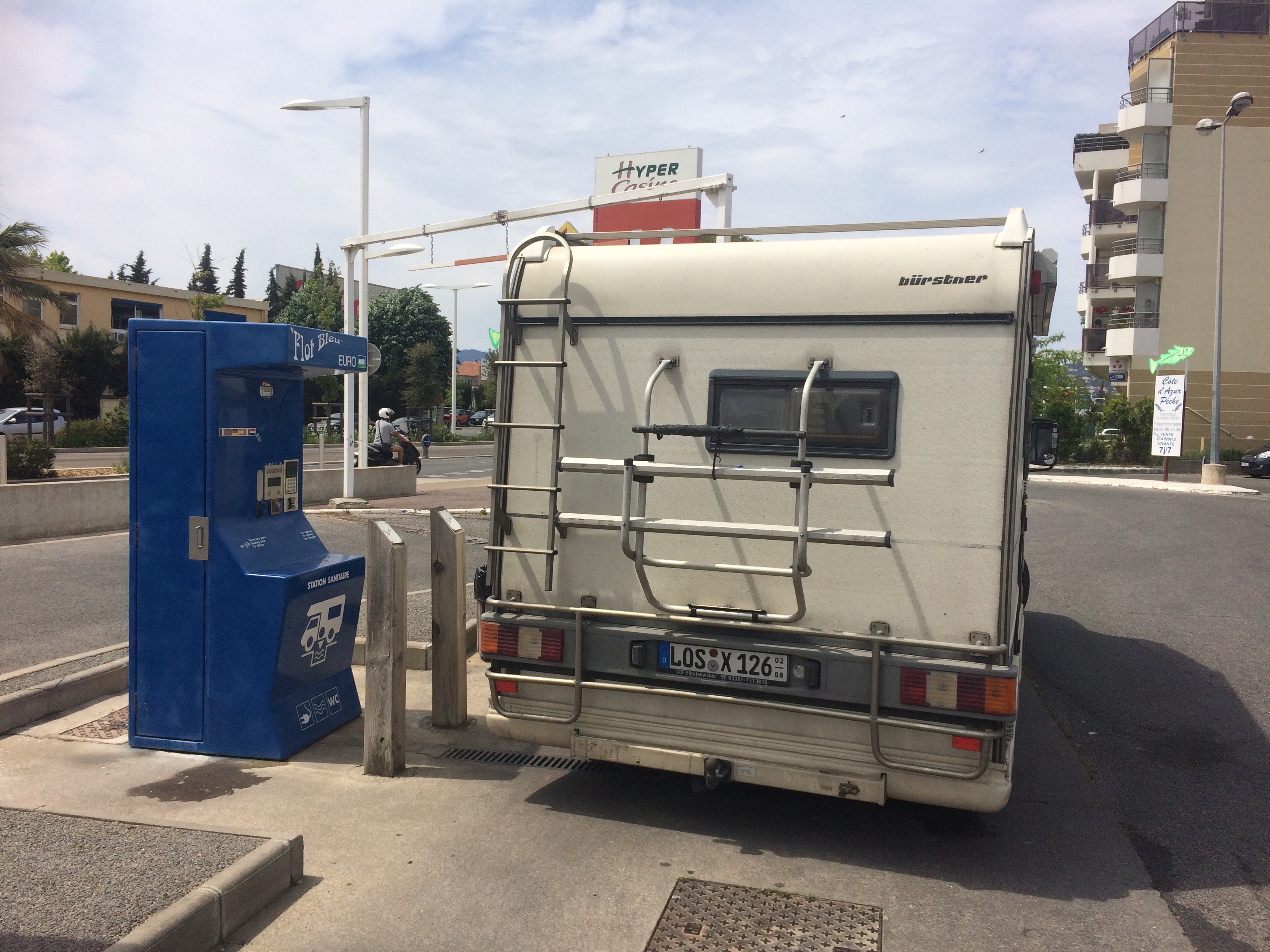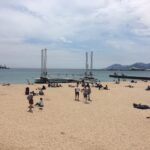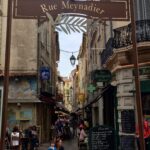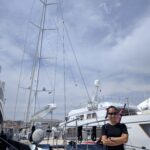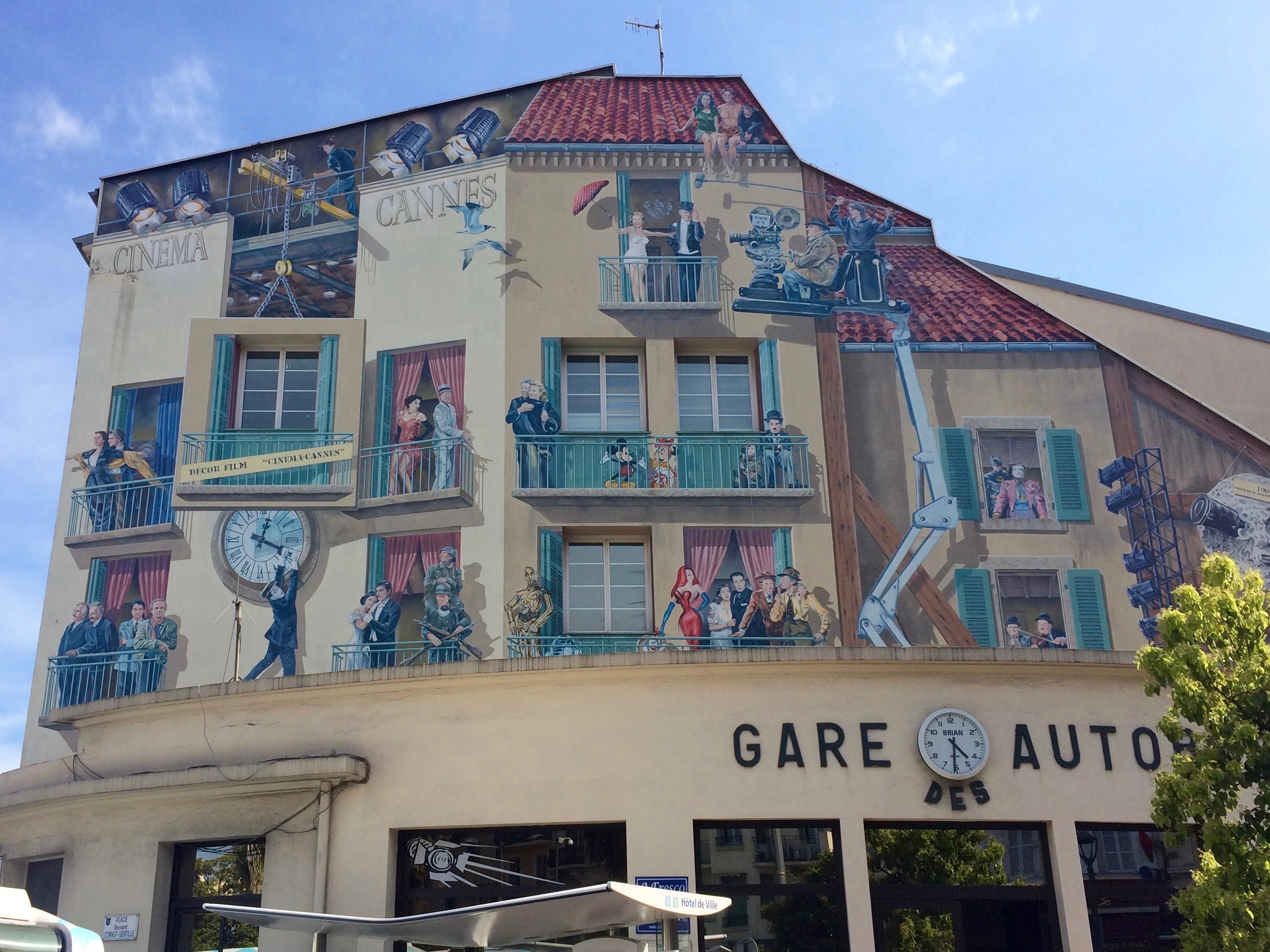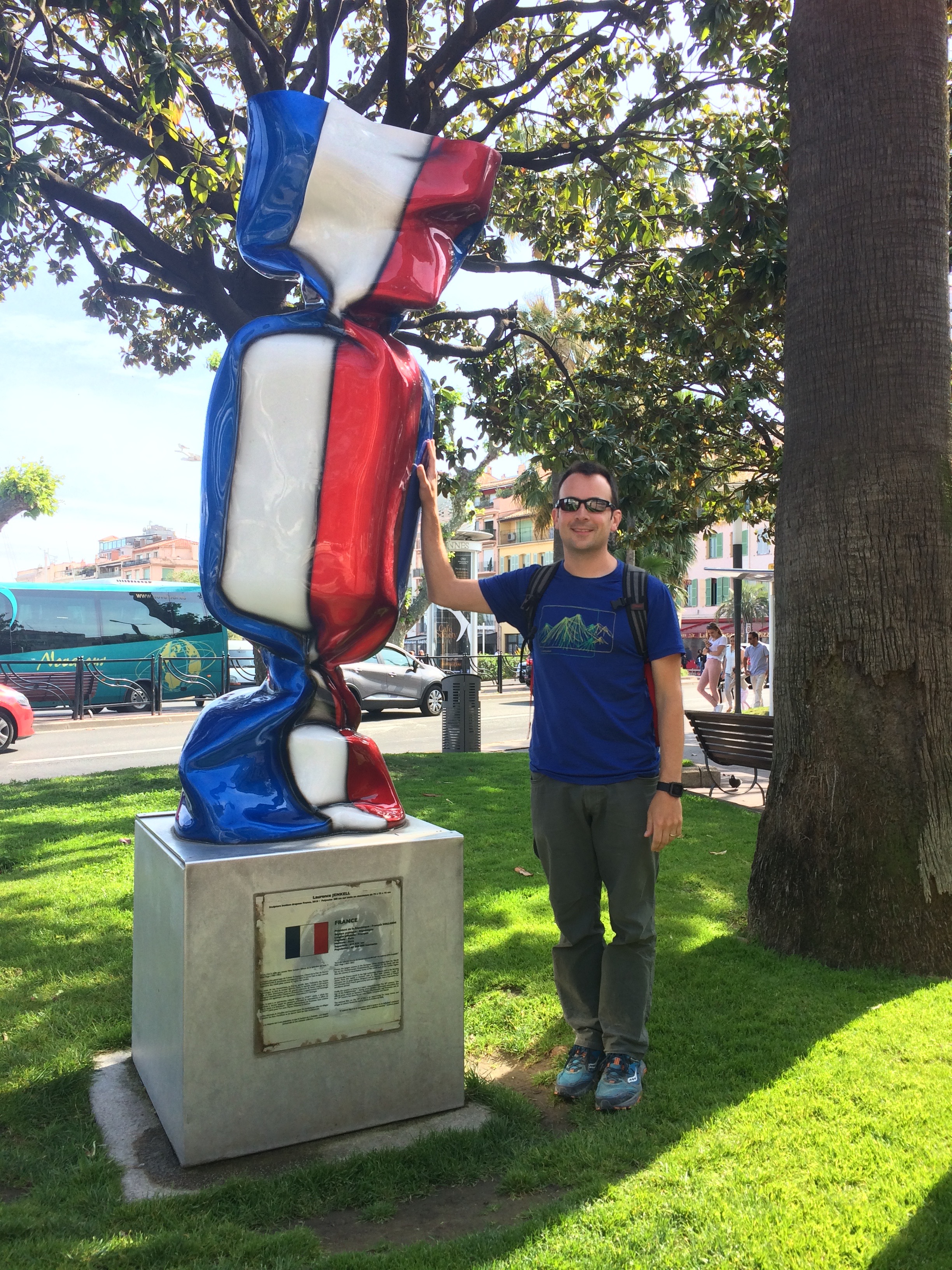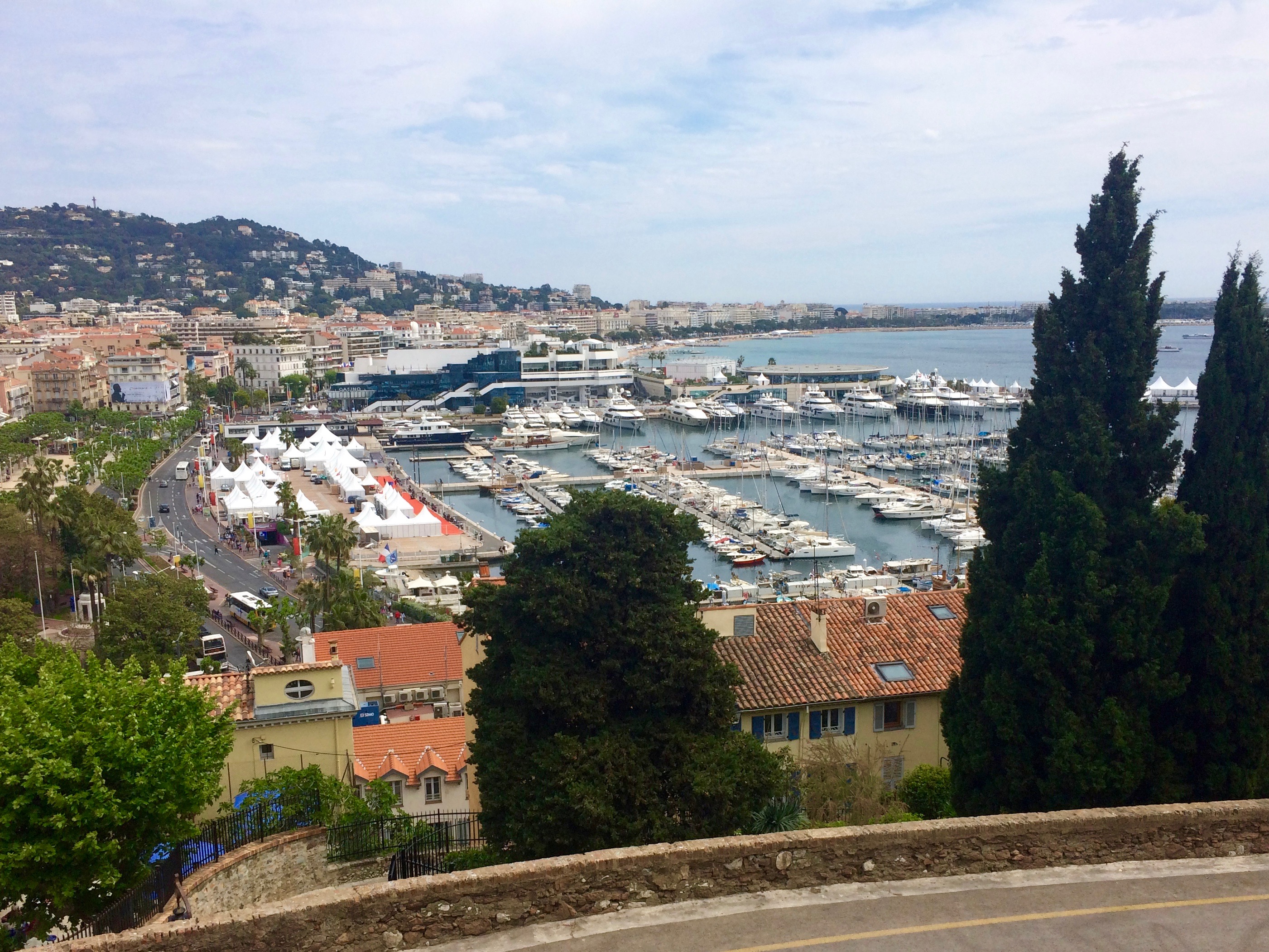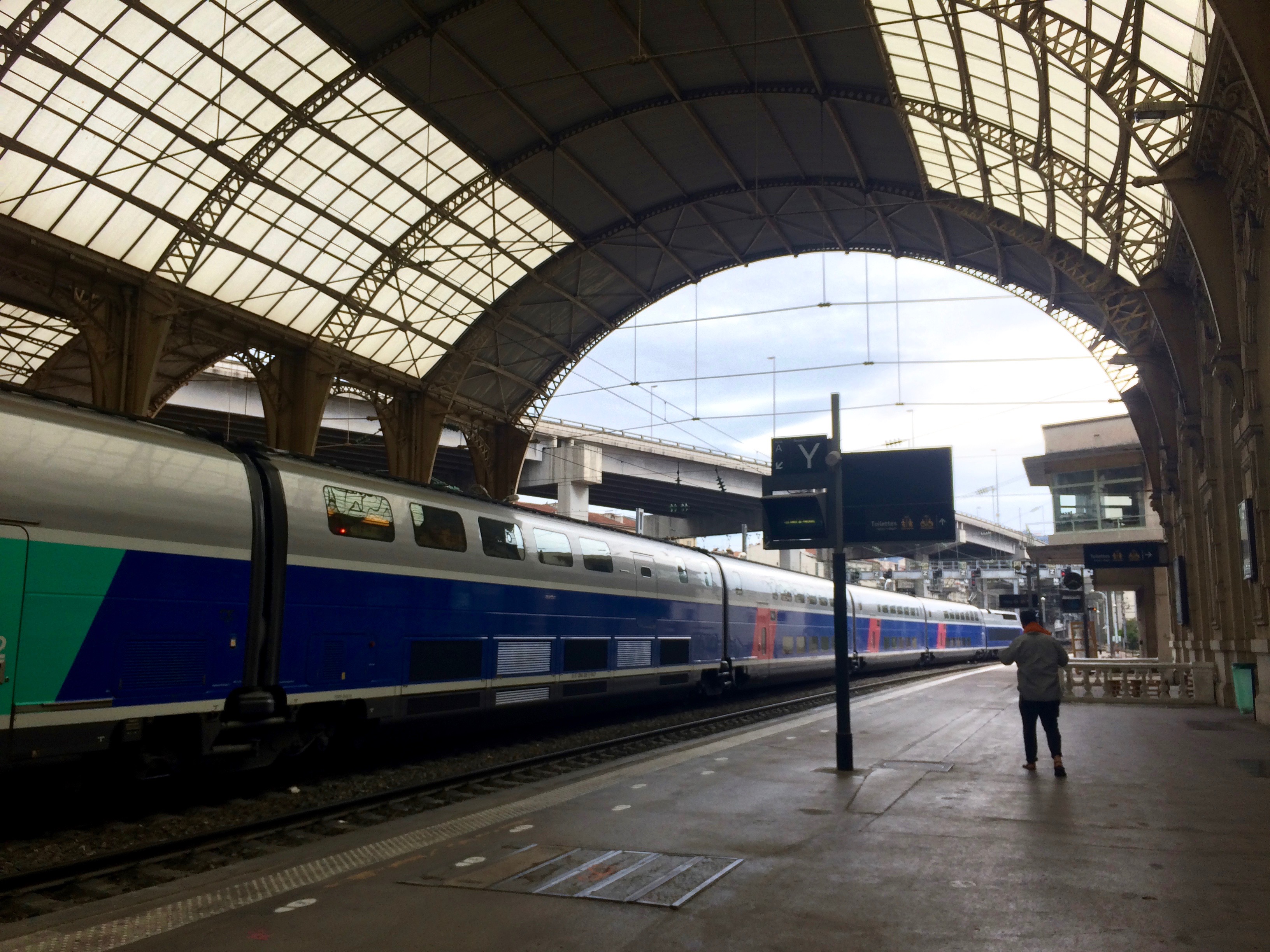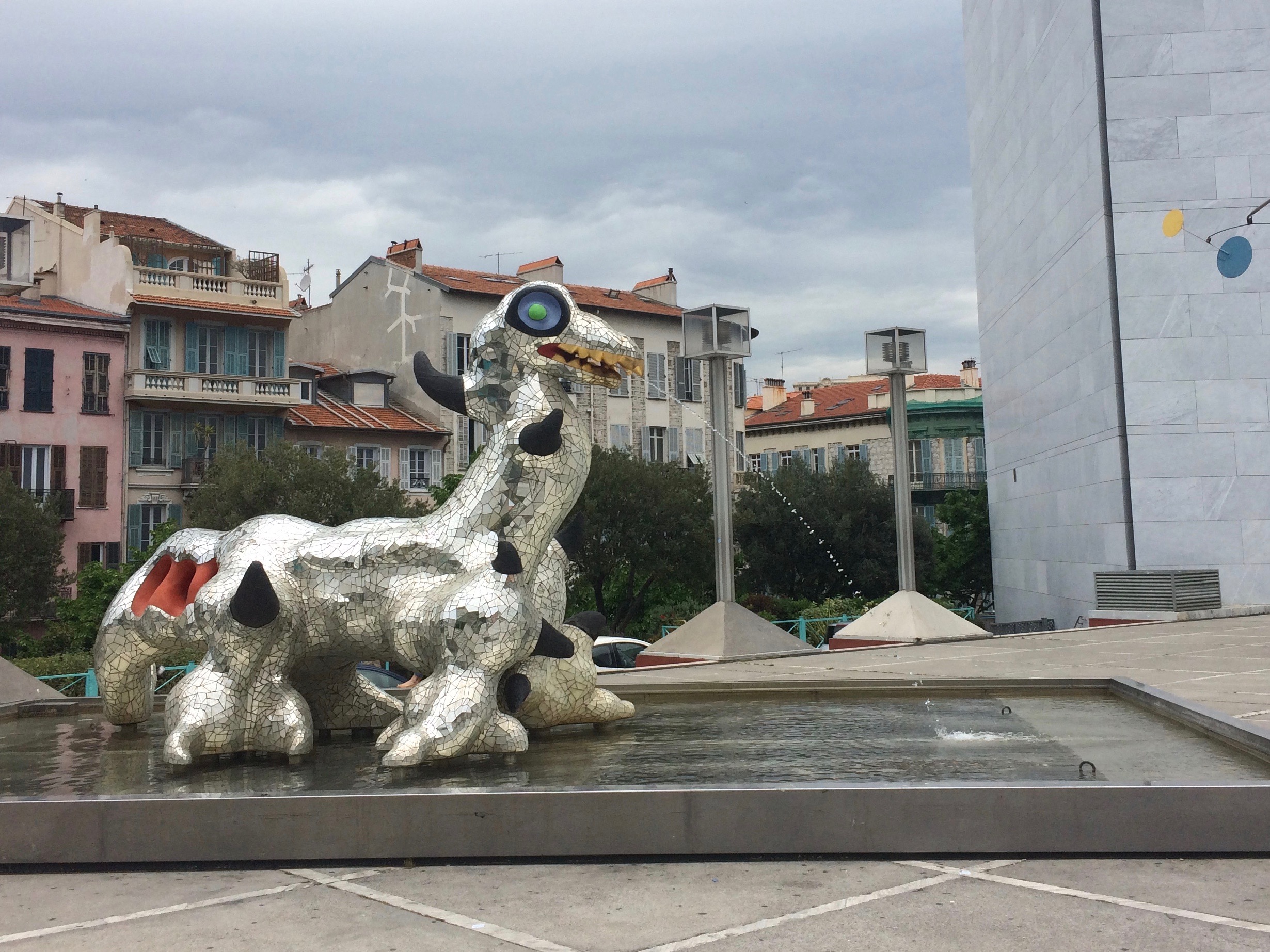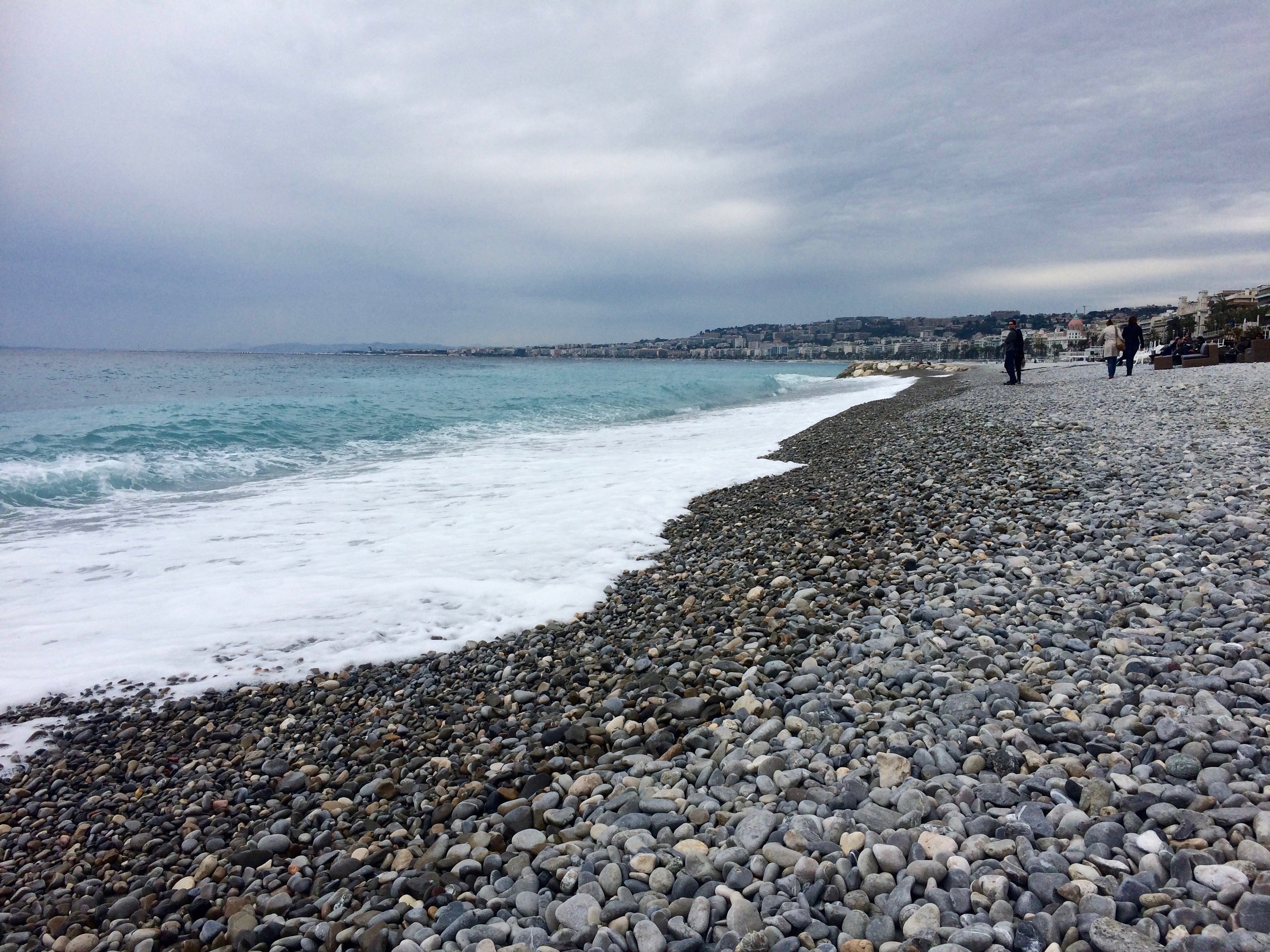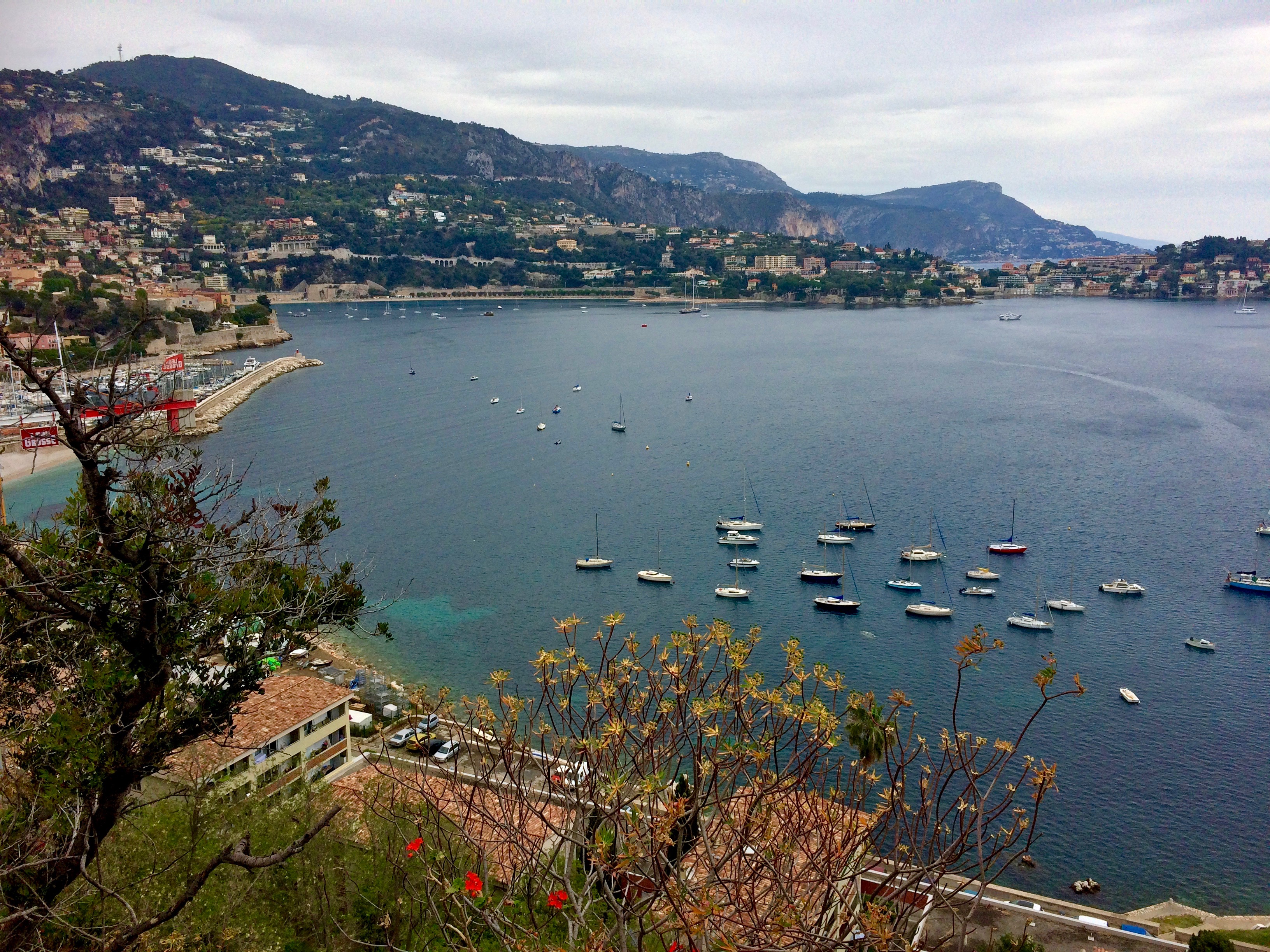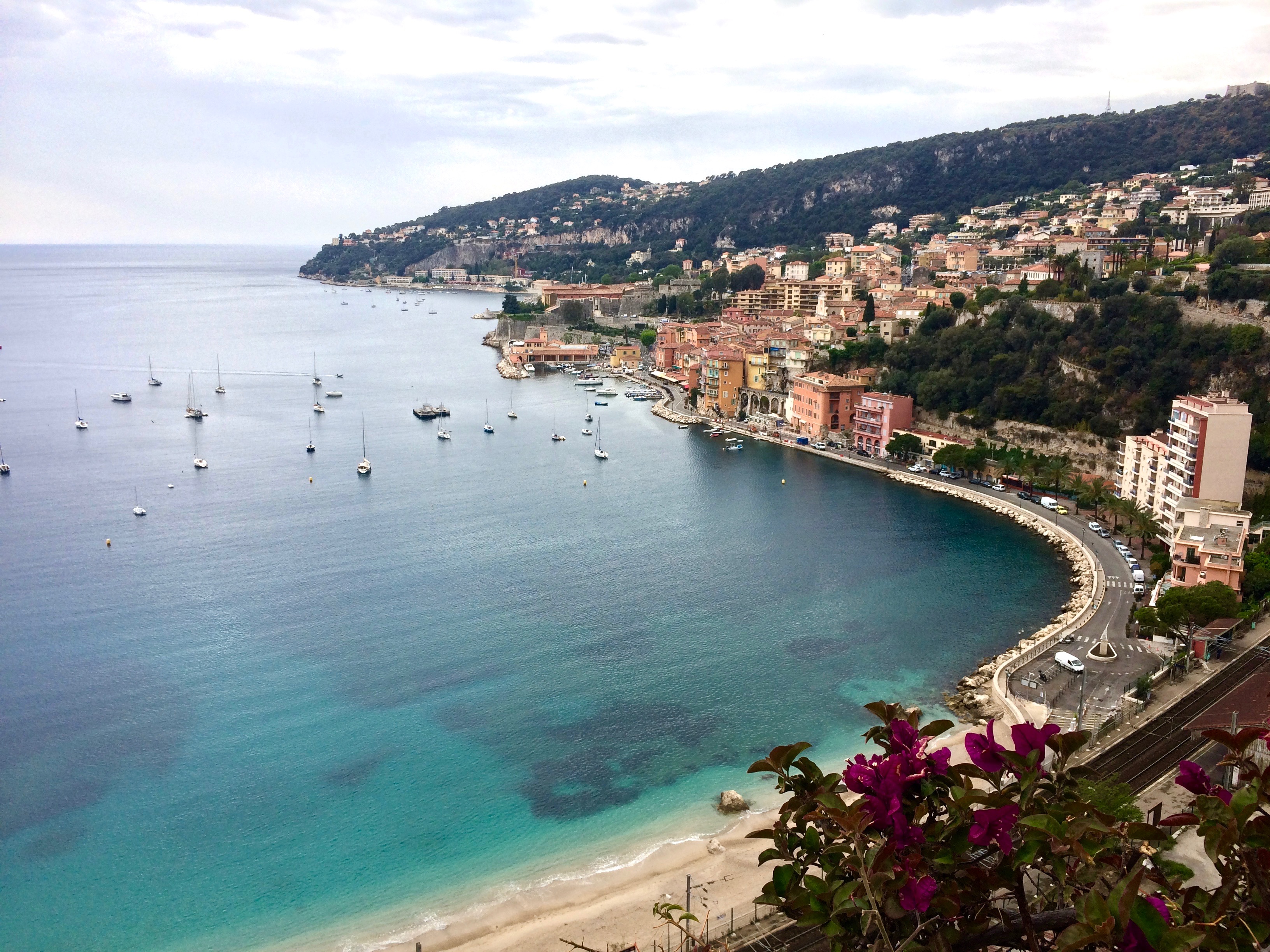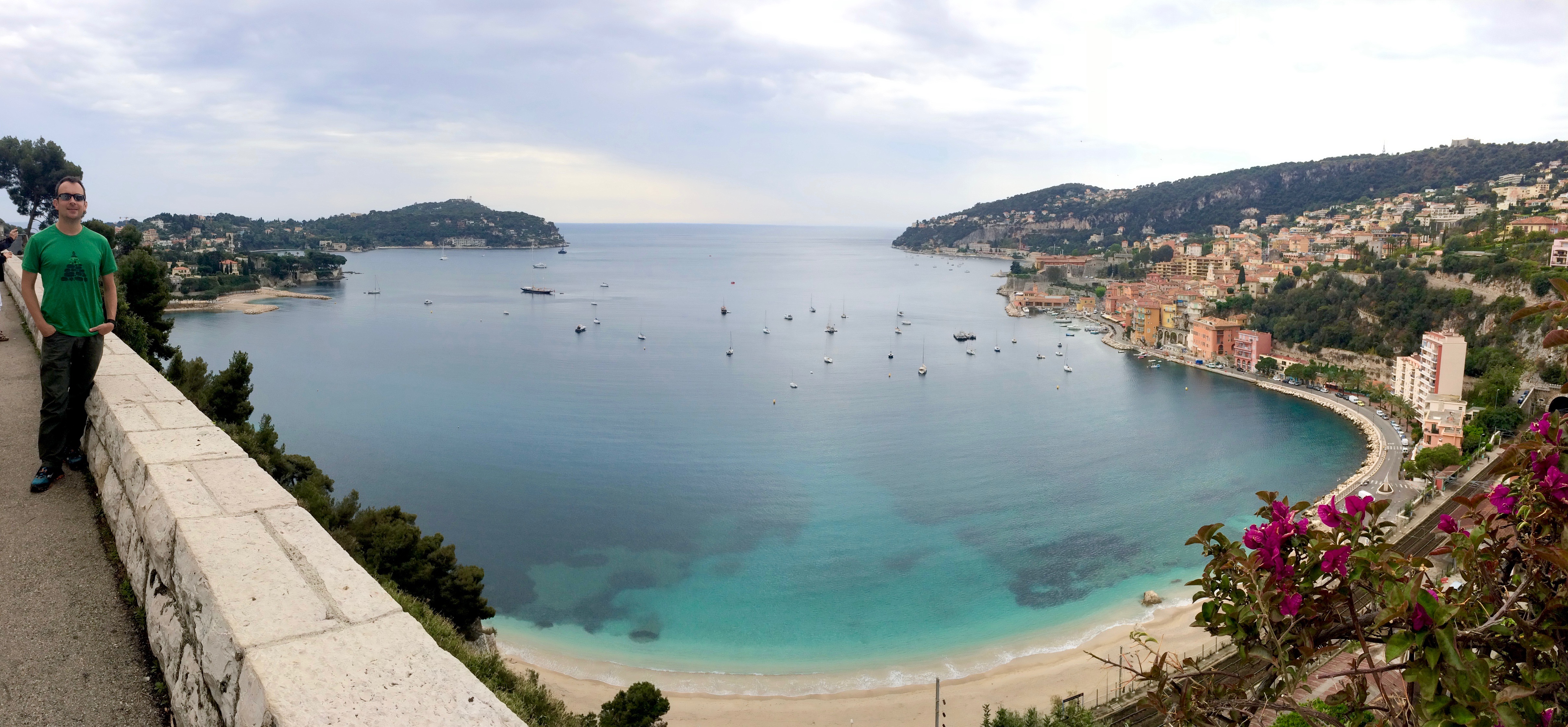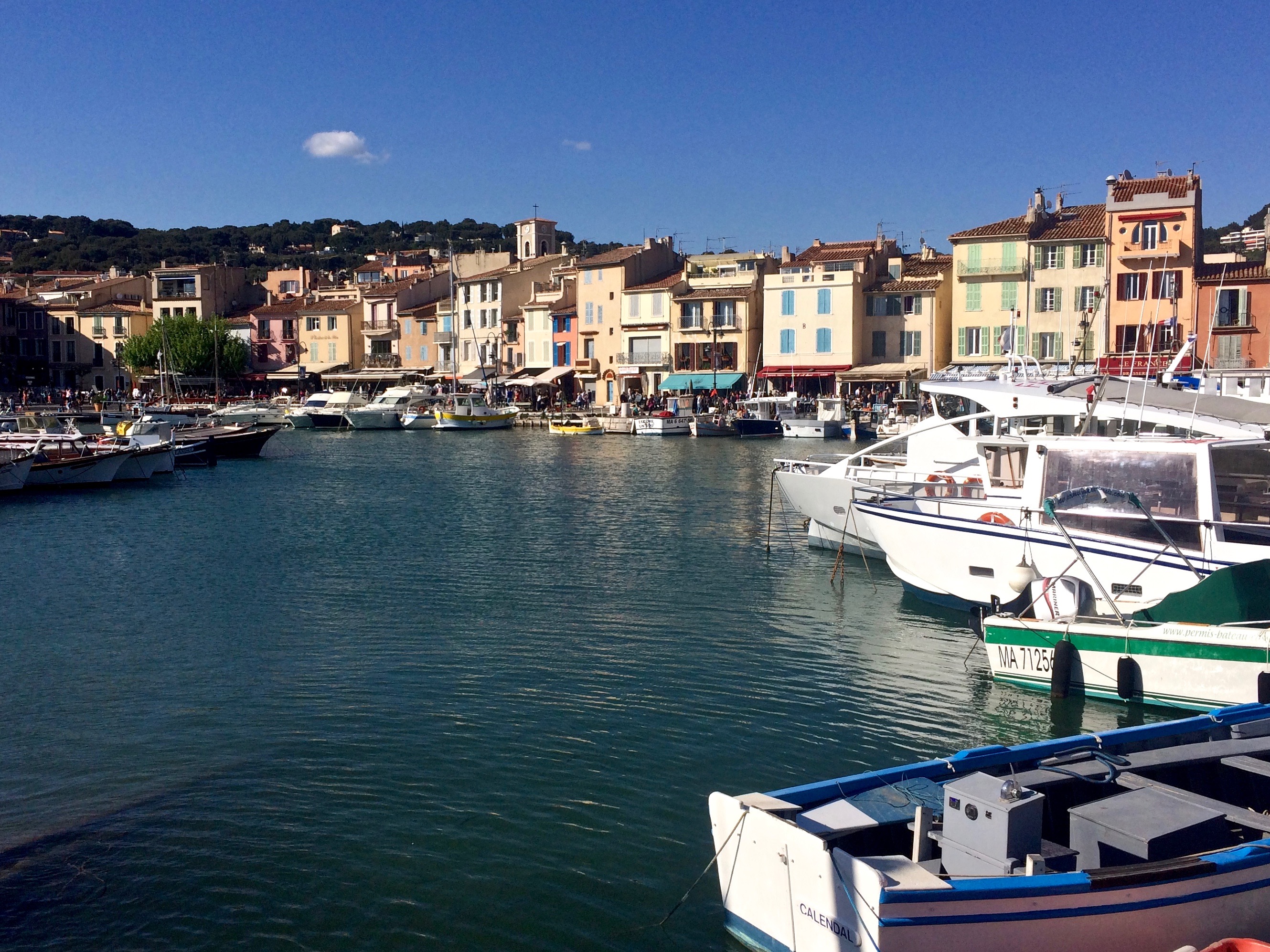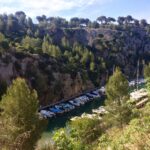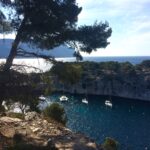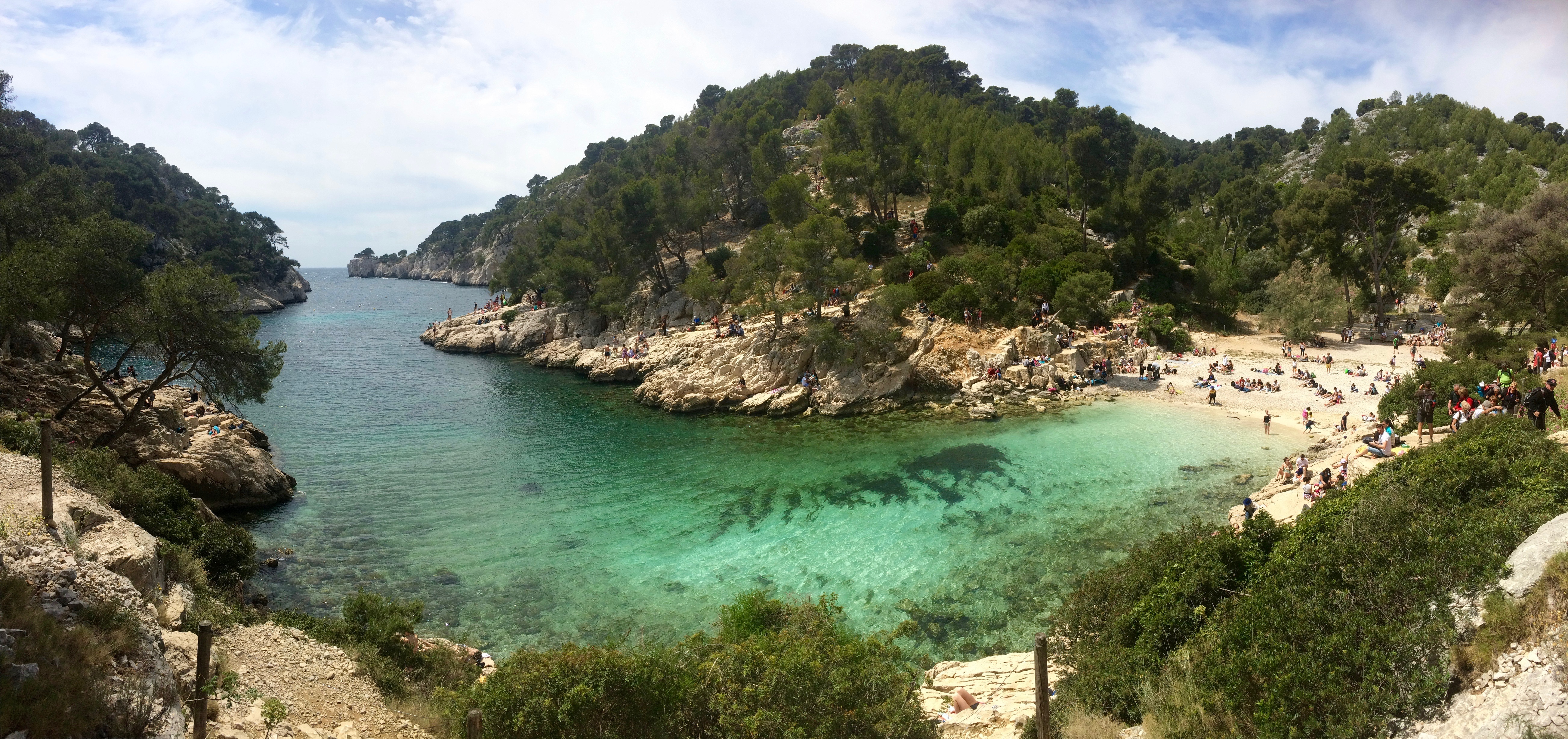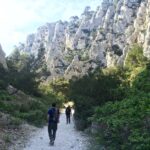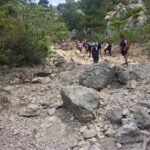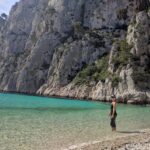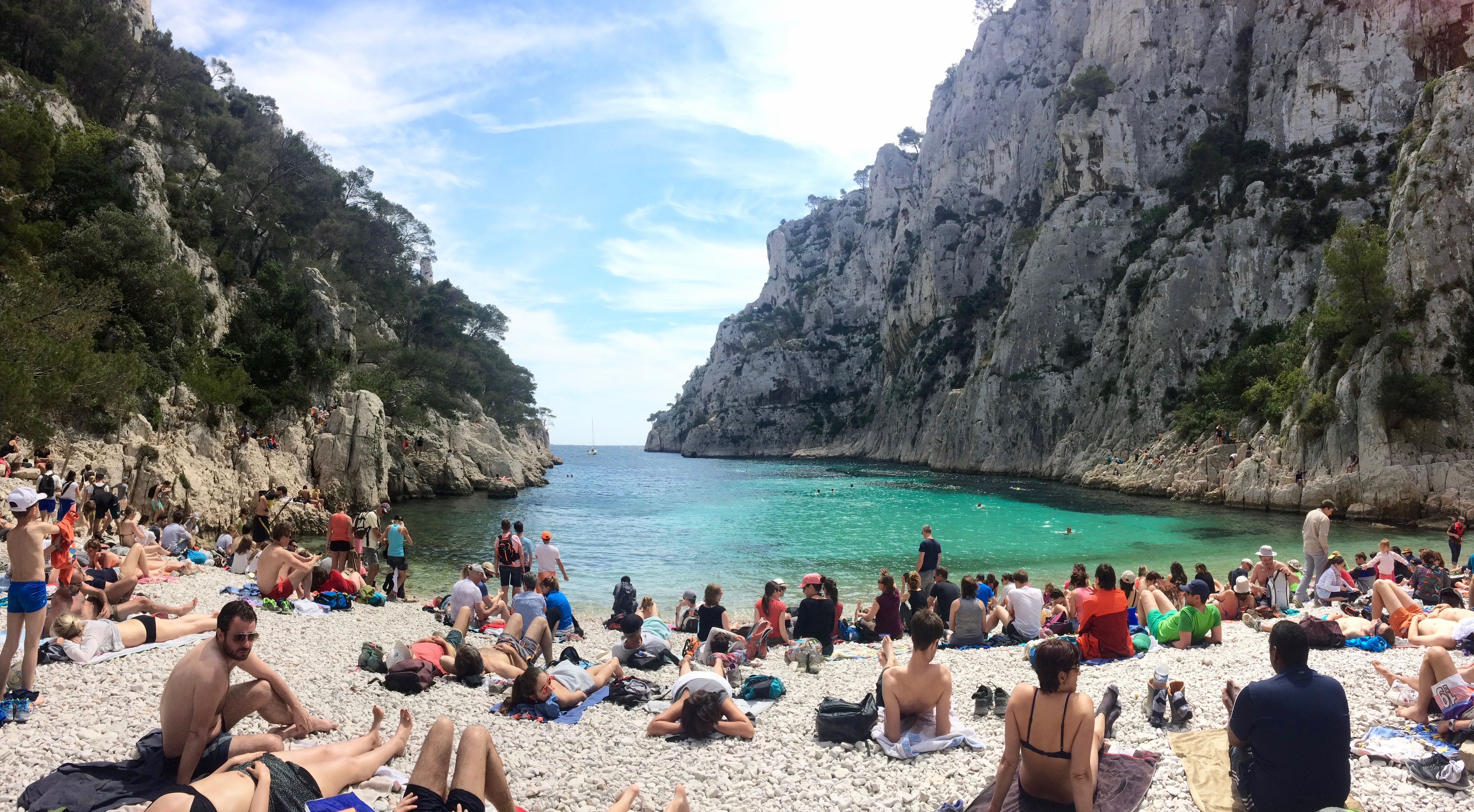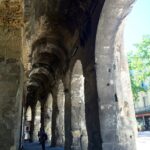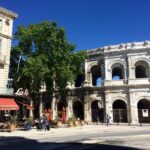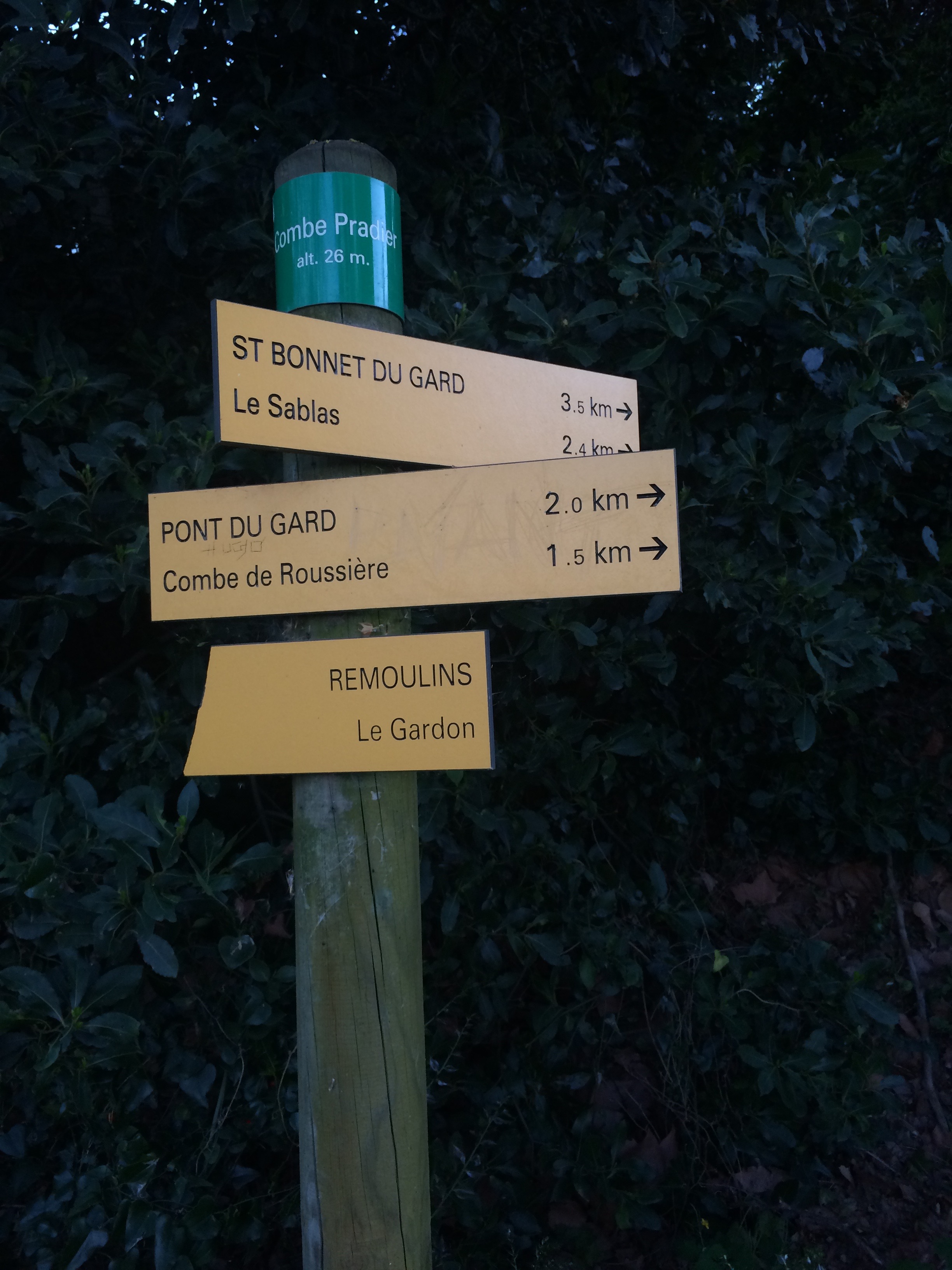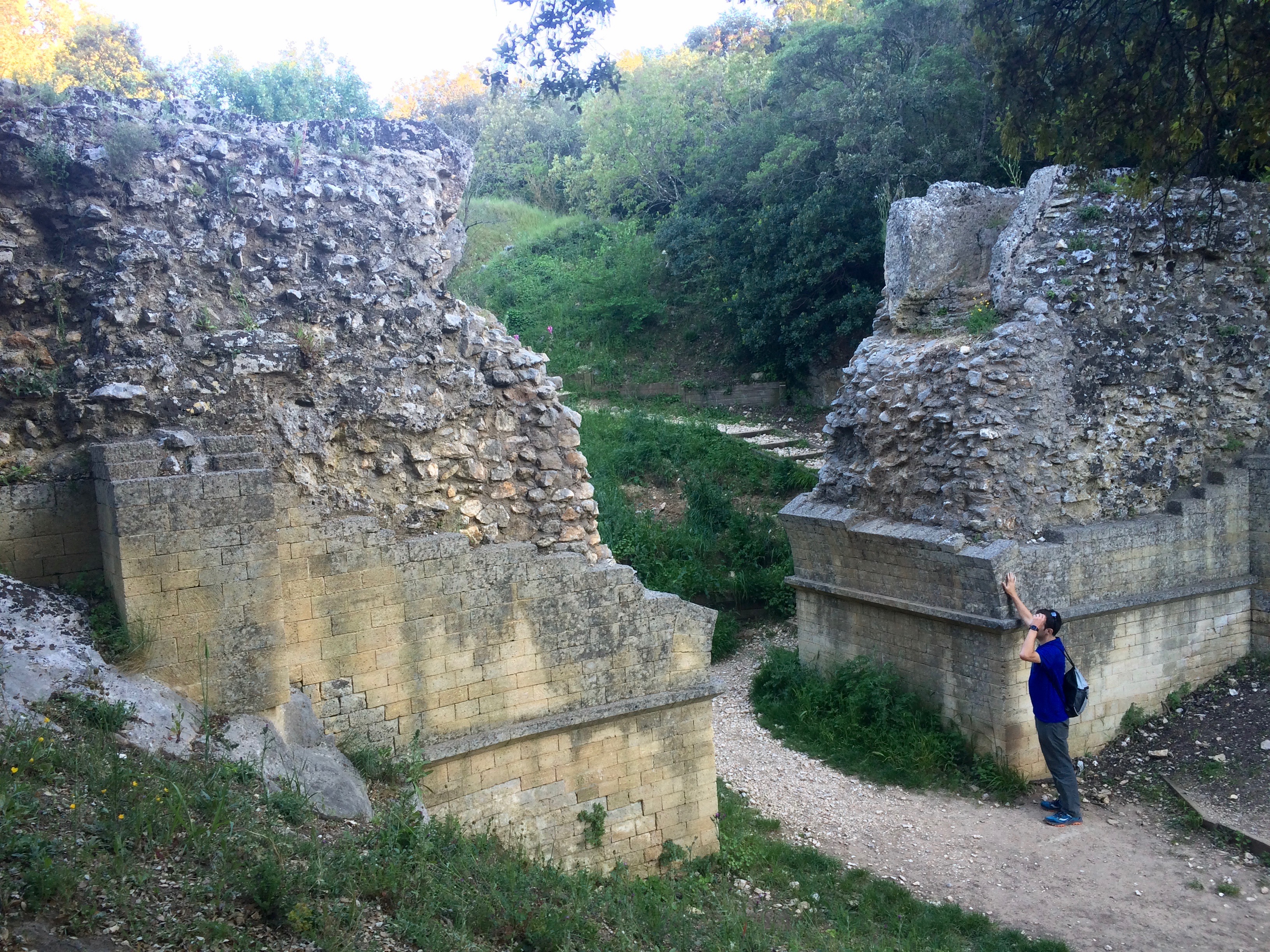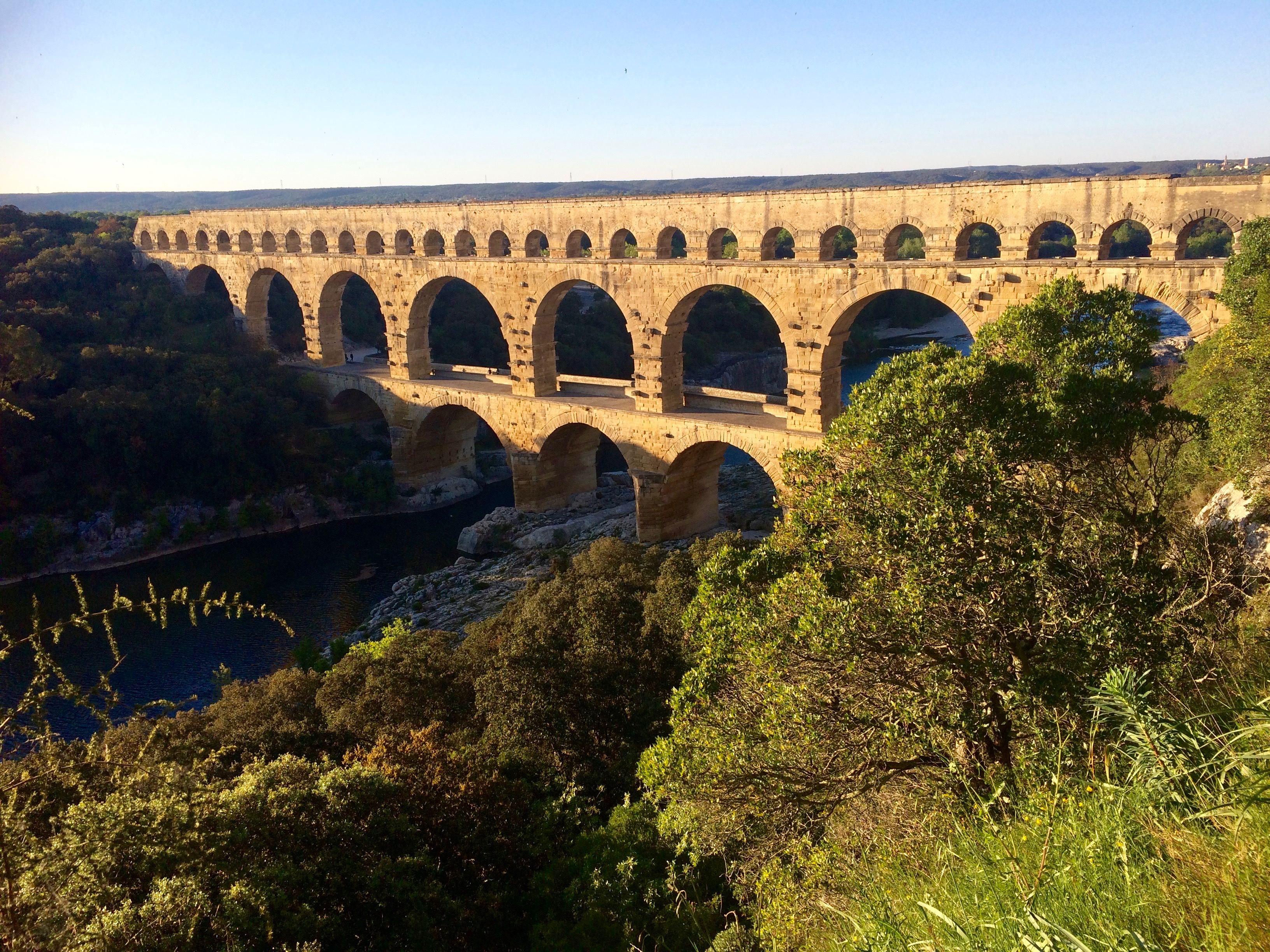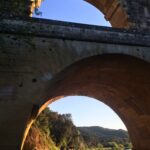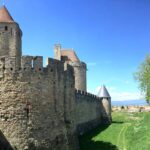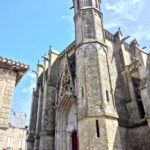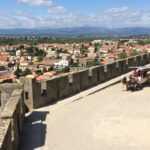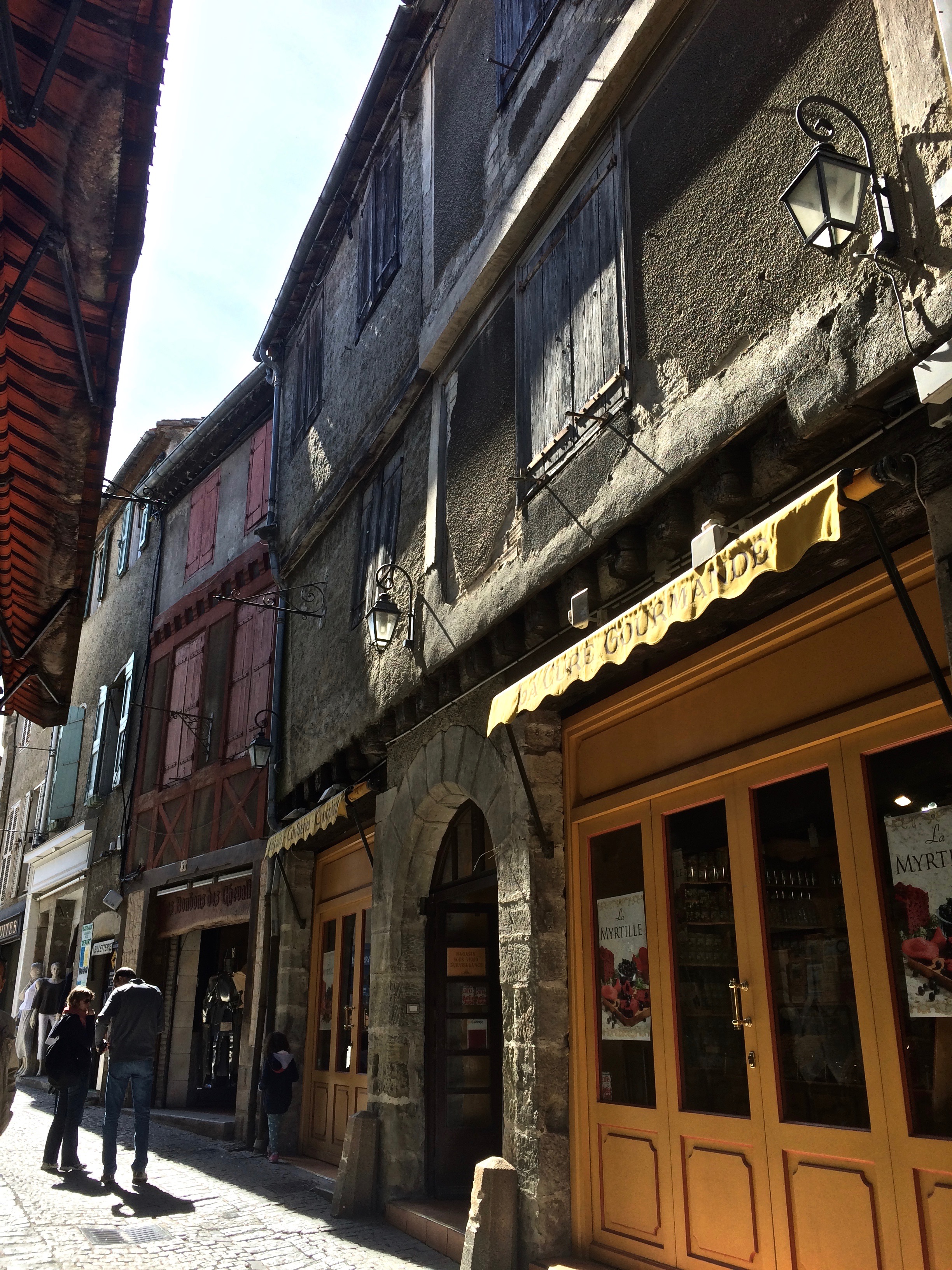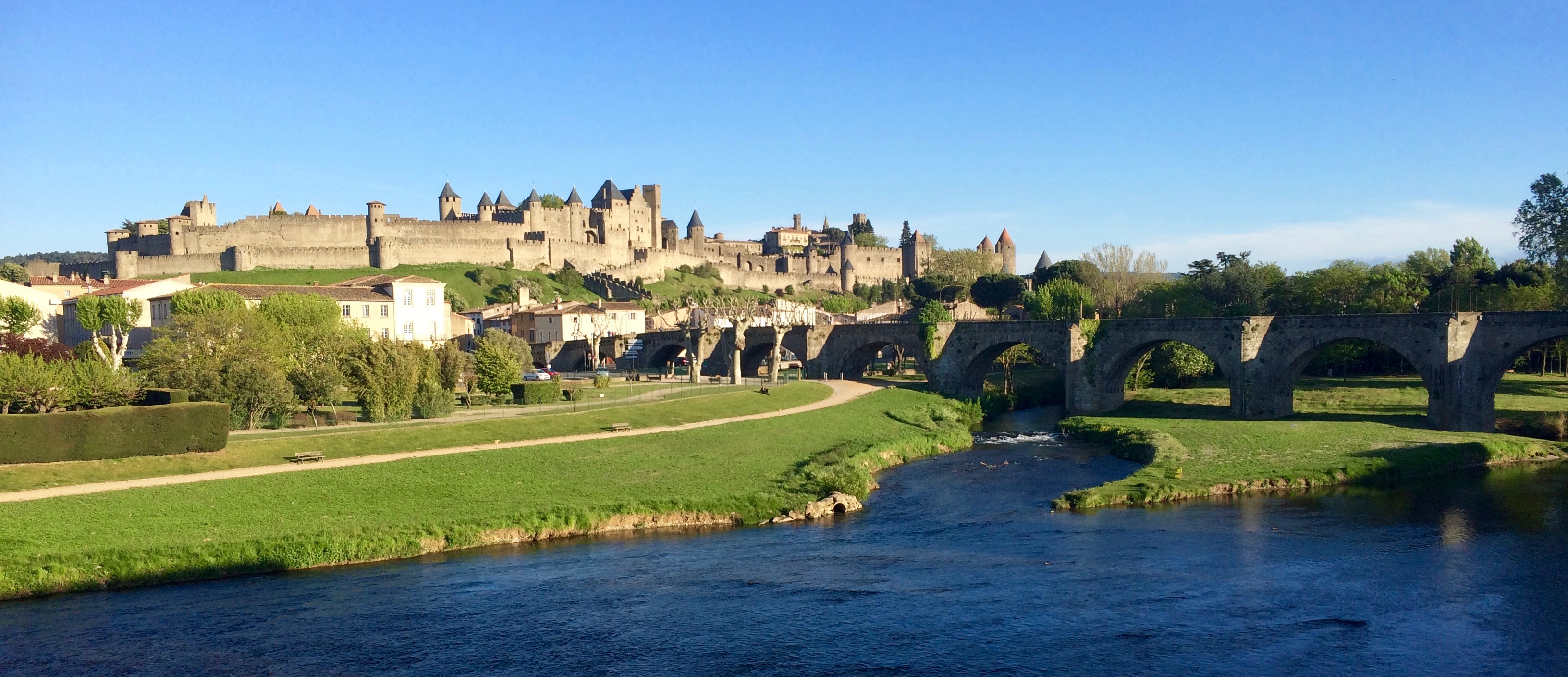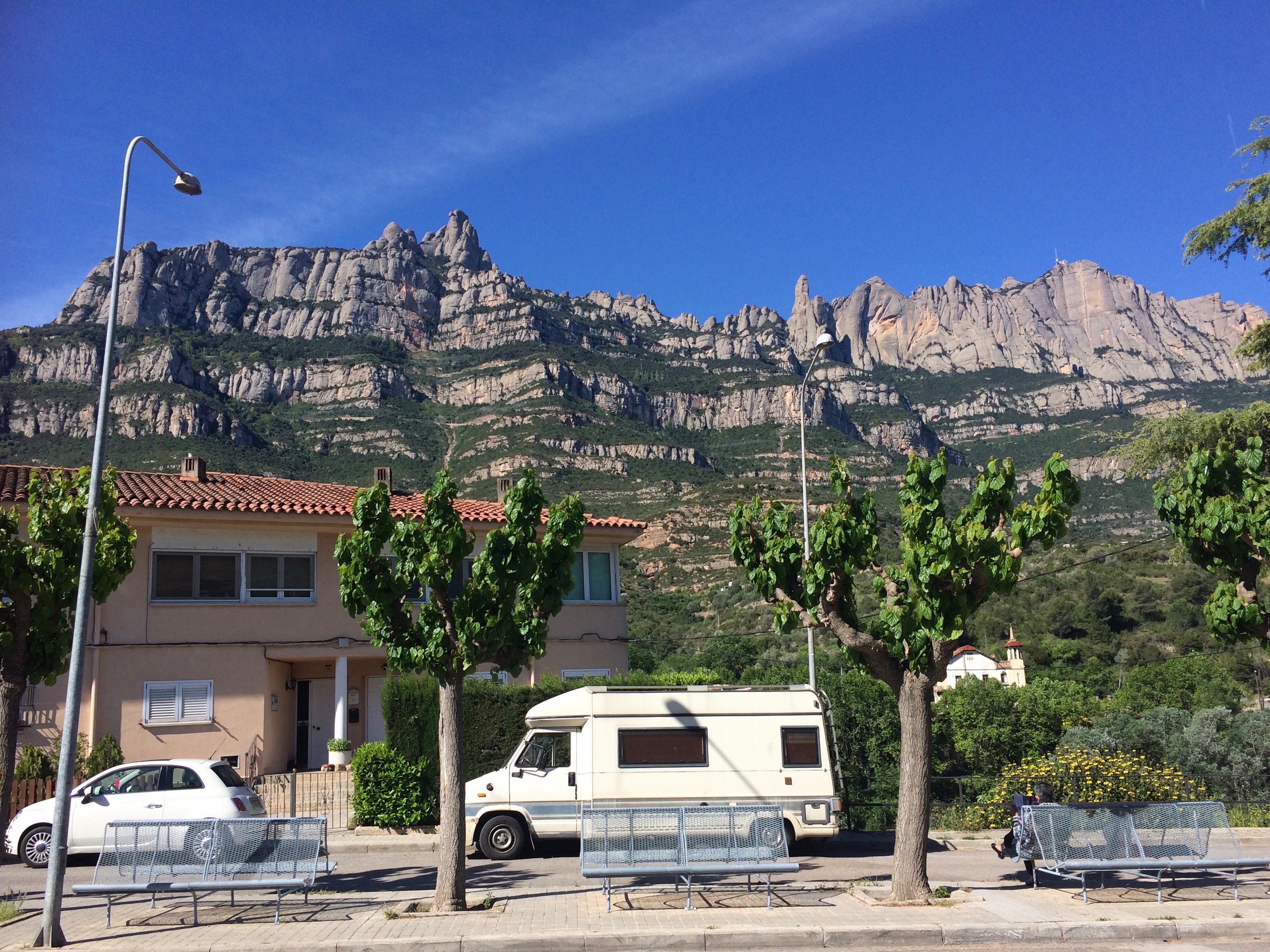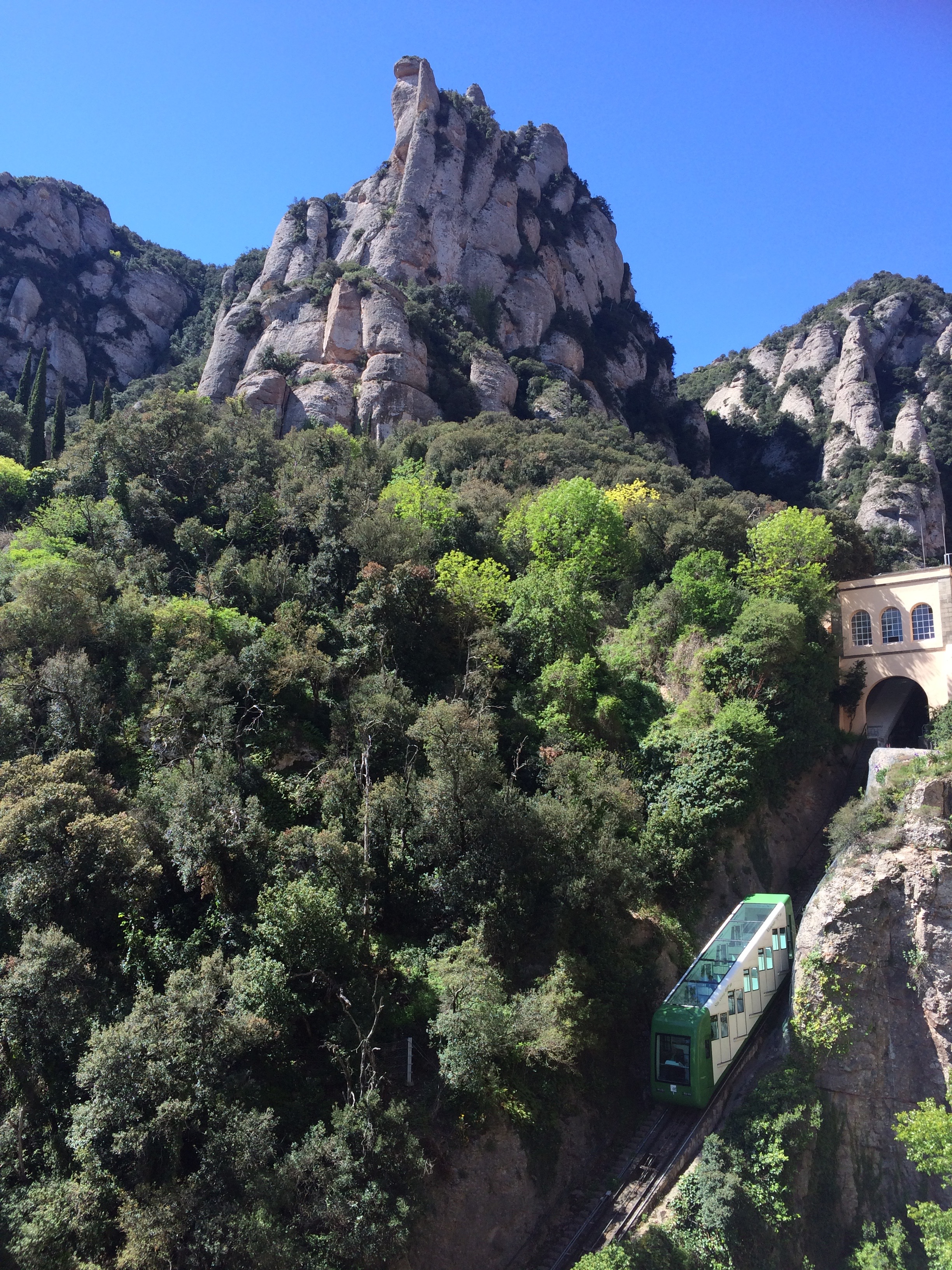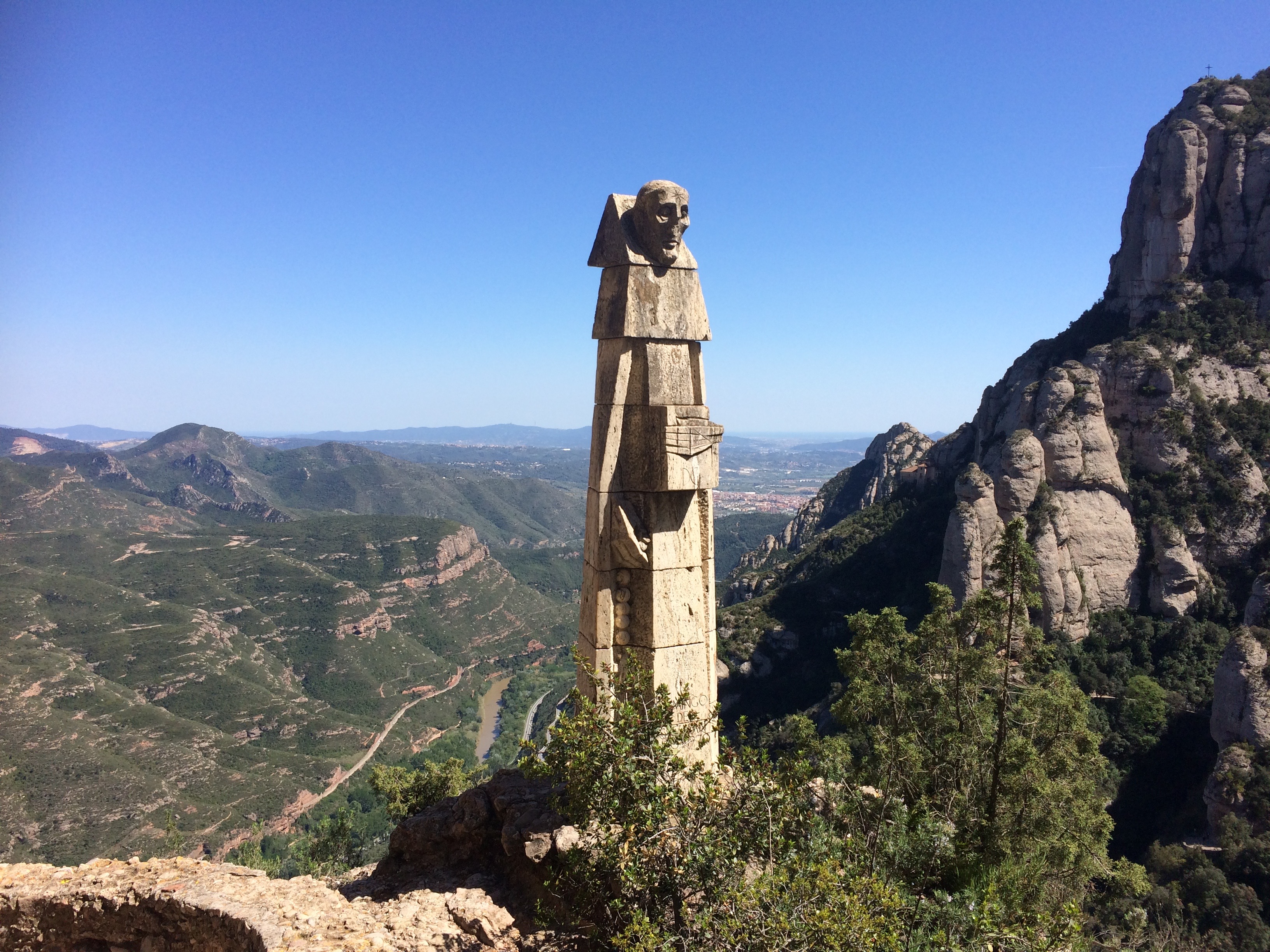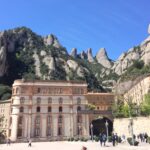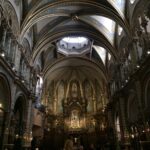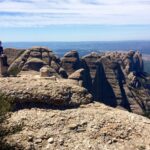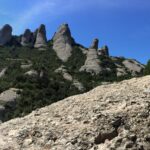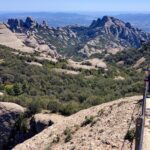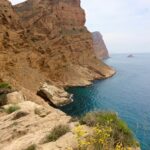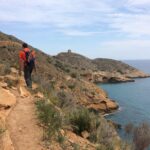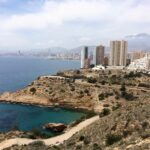In order to appreciate and enjoy Florence, one need not be an art historian or Renaissance buff. Even with my disdain for art history after having spent years painfully scrutinizing art for my degree, I loved Florence. Florence is too beautiful for words, from its classic architecture, to the indoor and outdoor galleries, the scenic river with its bridges, the distinct skyline, and of course the famed duomo. To make things easier, all the wonders of Florence are packed within walking distance, which allows more time for enjoyment and less time for traveling. It’s a beautiful, tiny city bursting with magnificent history and eye candy.
We felt the best option for motorhomes was this parking lot. At €15/24 hours with security, water, and a dump, and a 30-minute walk from the center (there was also a direct bus line, but we never took the bus), it was an inexpensive and easy base to explore Florence.
Piazzale Michaelangiolo, the plaza boasting Florence’s best view, was only about a thirty-minute stroll from the parking lot. Gazing across Florence’s one-of-a-kind skyline with the duomo’s eye-grabbing dome was a marvelous introduction to the city. Also a bronze statue of David perched in the hilltop center of the piazzale.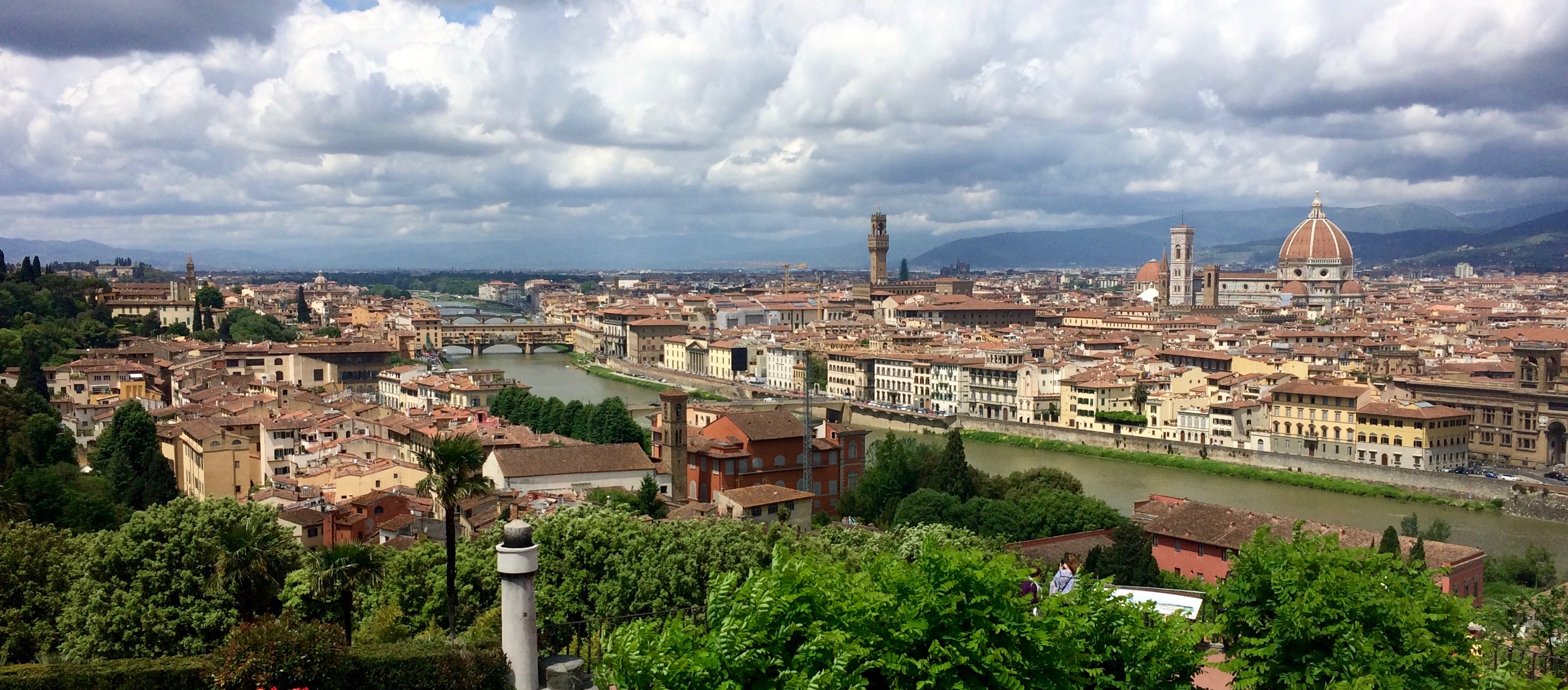
At the bottom of the hill, several bridges crossed the Arno River into the heart of Florence, but one bridge stood out the most: Ponte Vecchio. One would never realize it was a bridge while crossing it due to the gold shops hugging both sides of the bridge and all the people hanging out, but once past the shops, the pretty views made it clear that the “street” was in fact directly above the river.
Florence’s striking and lively plaza, Piazza della Signoria, had so much to showcase. Palazzo Vecchio, a museum and government office, dominated the plaza with its tower, but the free outdoor gallery of Loggia dei Lanzi was more popular, and rightfully so. Other notable statues in the plaza included another David statue, and a modern statue of a golden turtle with a rider.
Just around the corner from Piazza della Signoria was the famous Uffizi Gallery, home to the world’s greatest collection of Renaissance art. Because I read that people could spend up to 4-5 hours waiting in line during peak season, I made sure to buy my tickets beforehand by calling the ticket office. Tickets at the time of writing were €16.50 each (with a reservation fee tacked on). People raved about this museum; personally, I think I could have lived without visiting it.
Wandering the city streets led us to the central market, where we found Italian delights such as truffles and truffle oils, calamari, pizza, sundried tomatoes, wine, bread, biscottis, and anything else delicious.
Of course, we chowed down on gelato and Florentine steak. It is said that the best and most inexpensive restaurant for Florentine steak is Trattoria Mario, where locals and tourists can be found sharing tables elbow to elbow. €40 for 1 kg of incredible steak, a plate of fries, and a beverage? Not bad. They normally served it rare, but we asked them to cook ours a bit longer. It turned out perfect.
More city strolling through Piazzale della Repubblica: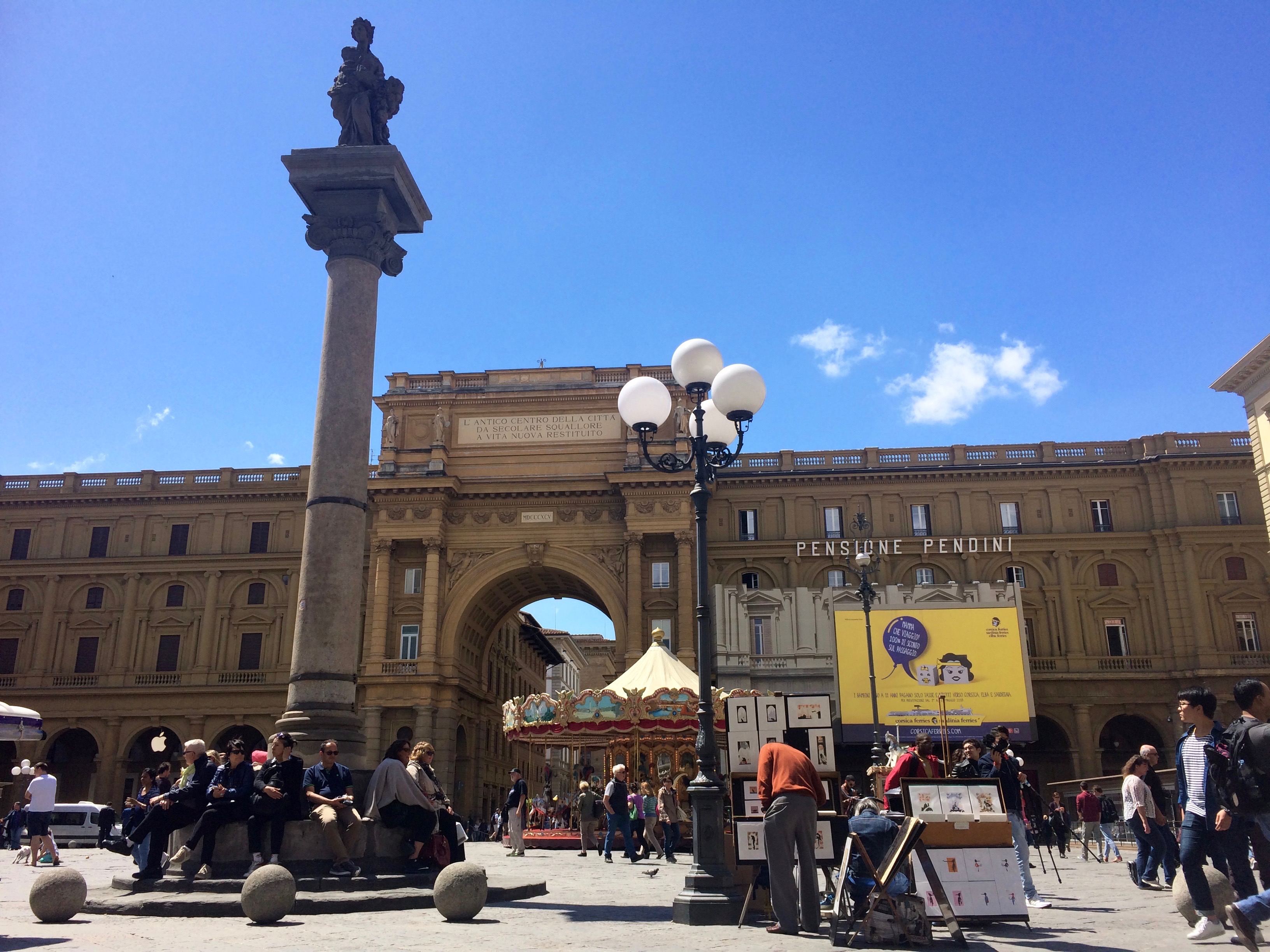
And finally, the best for last, the magnificent Gothic Duomo and its piazza! No photos or words could describe the beauty and grandeur of the cathedral. With the exception of Barcelona’s La Sagrada Familia, we felt that most cathedrals and basilicas followed the same-style architecture with dark brown colors, spires, and intricate sculptures on the façade. Florence’s duomo differed incredibly with its marble work and patterns, making it resemble blocks of candy.
A matching clock tower stood to one side, and a massive baptistery stood across from it. The baptistery’s most famous feature were its gilded-bronze doors, now housed in a museum—yep, those doors are now just replicas!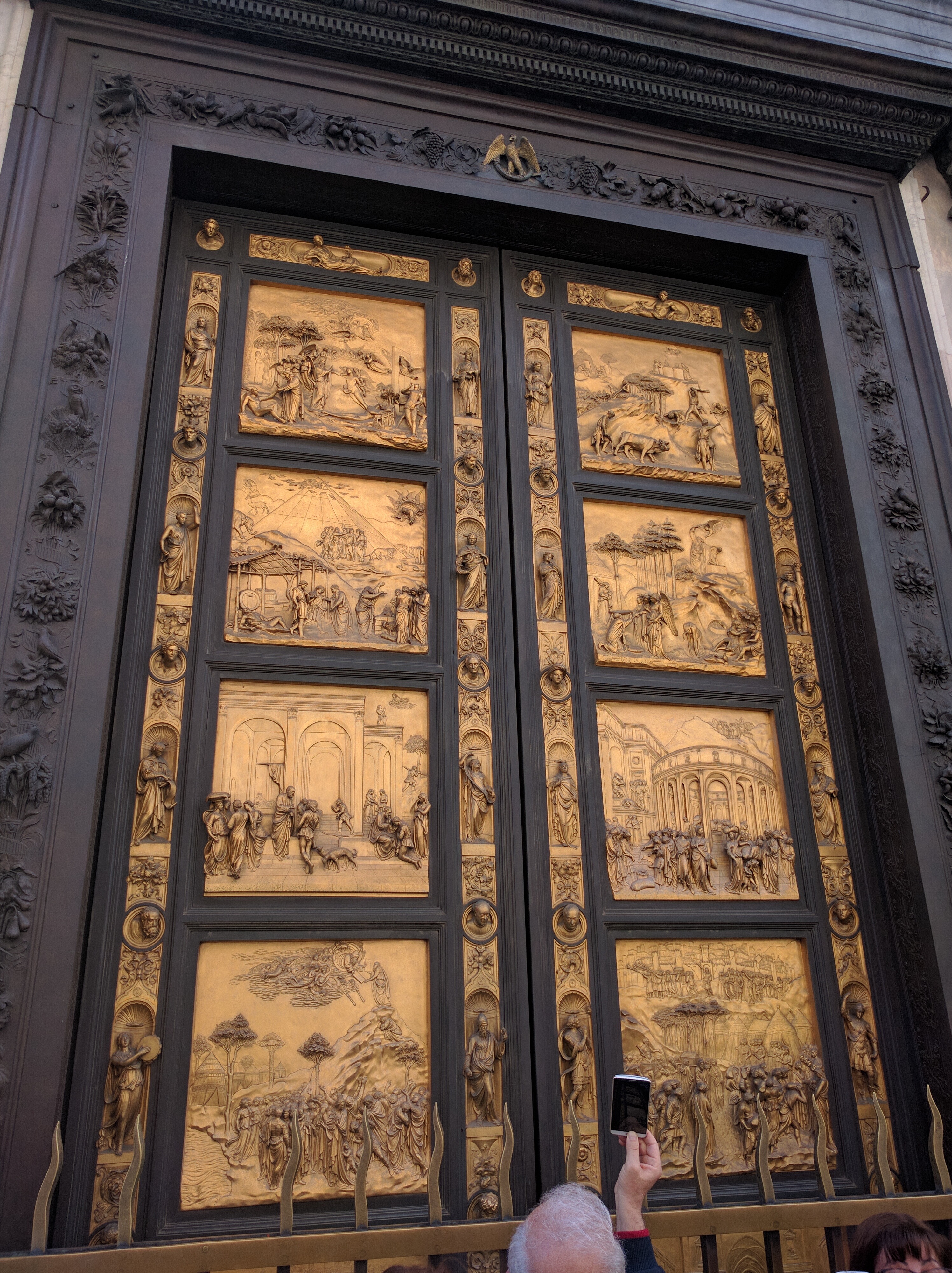
It used to be one could purchase separate tickets to climb the dome, or the clock tower, or enter the baptistery, but unfortunately that has changed to a single ticket option to visit all three sites for the price of €15. I wanted to climb the clock tower, but not that badly. Entering the duomo was free, but its bare interior was quite disappointing compared to its dramatic exterior. Looking up at the dome: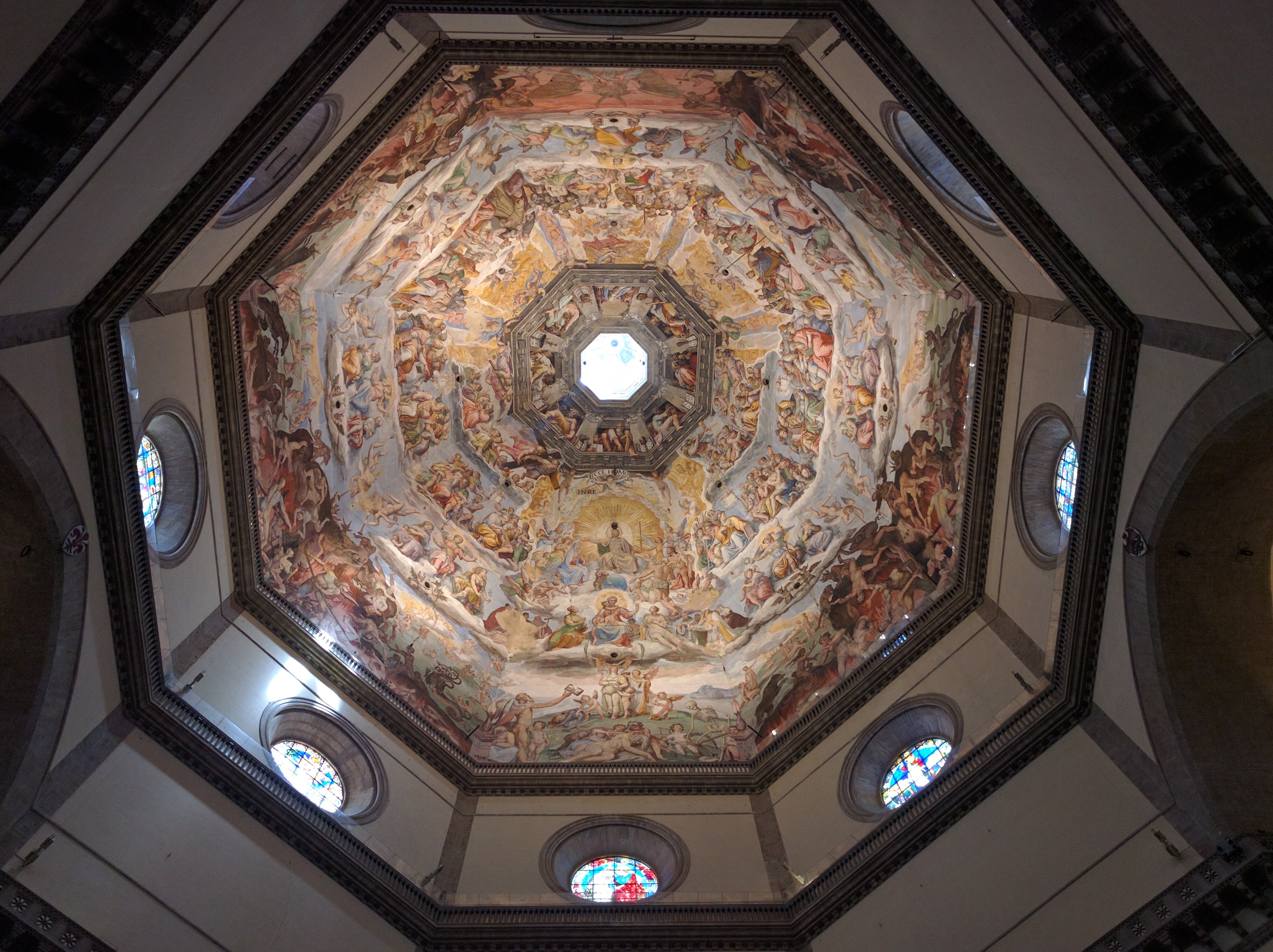
Dozens of other churches, galleries, and gardens dotted the streets of Florence, with some tucked quietly away in corners and some massively taking up city blocks. As I mentioned at the beginning of this post, I’m not an art/art history buff, and I had no desire to see them all. It would take an unknown amount of time to see all of Florence’s treasures, and my little sample of Florence suited me just fine.

